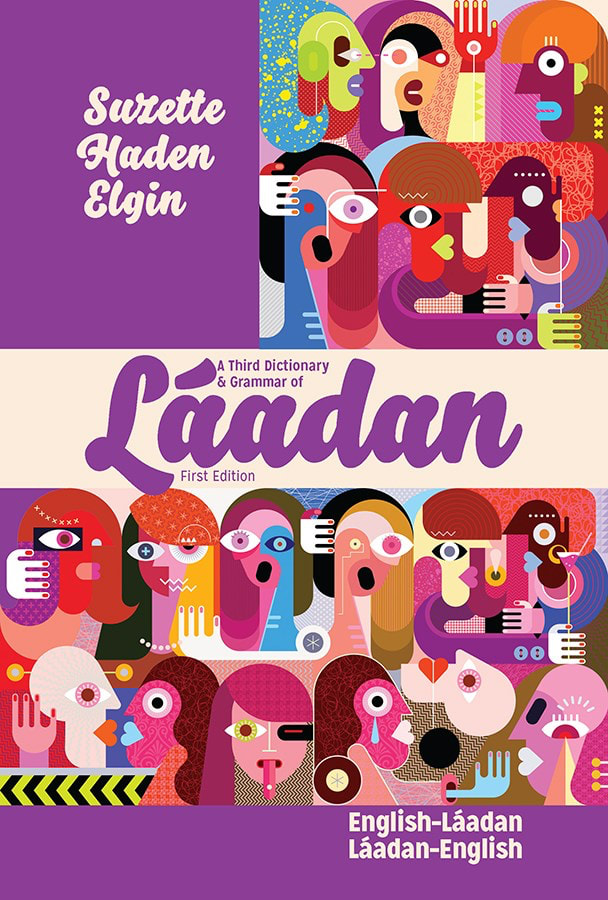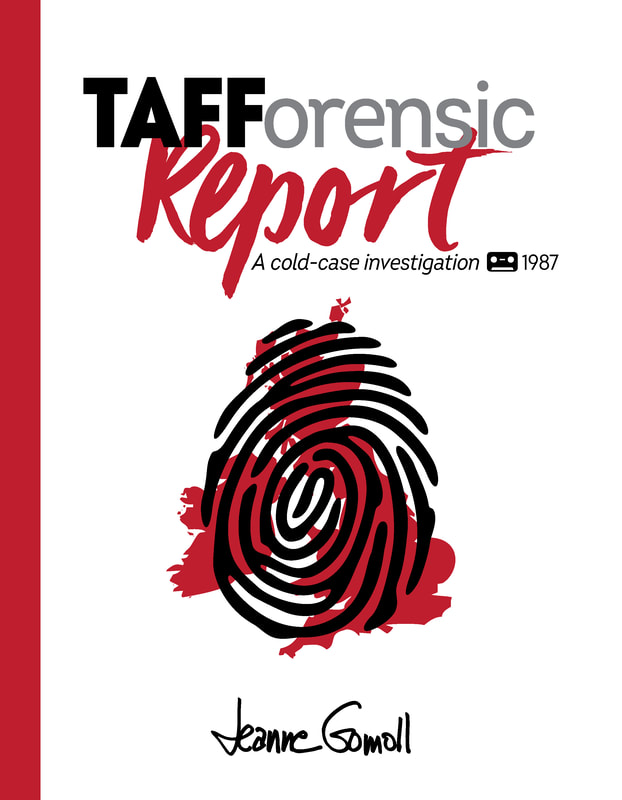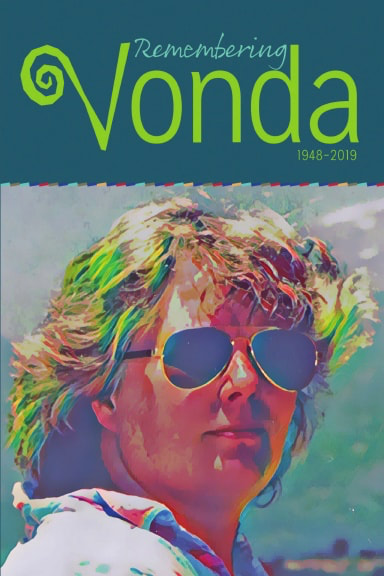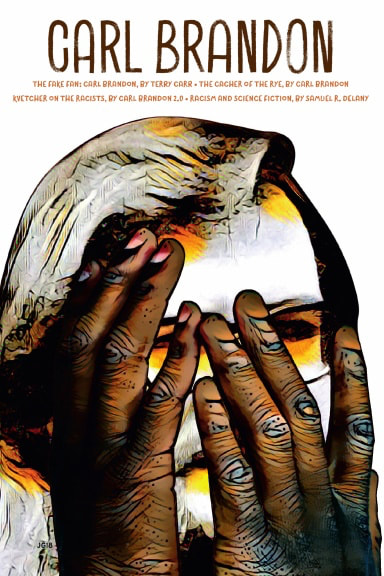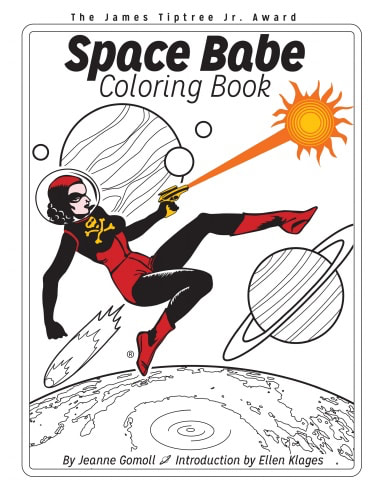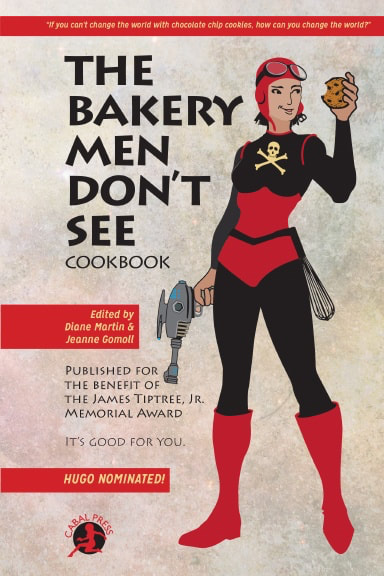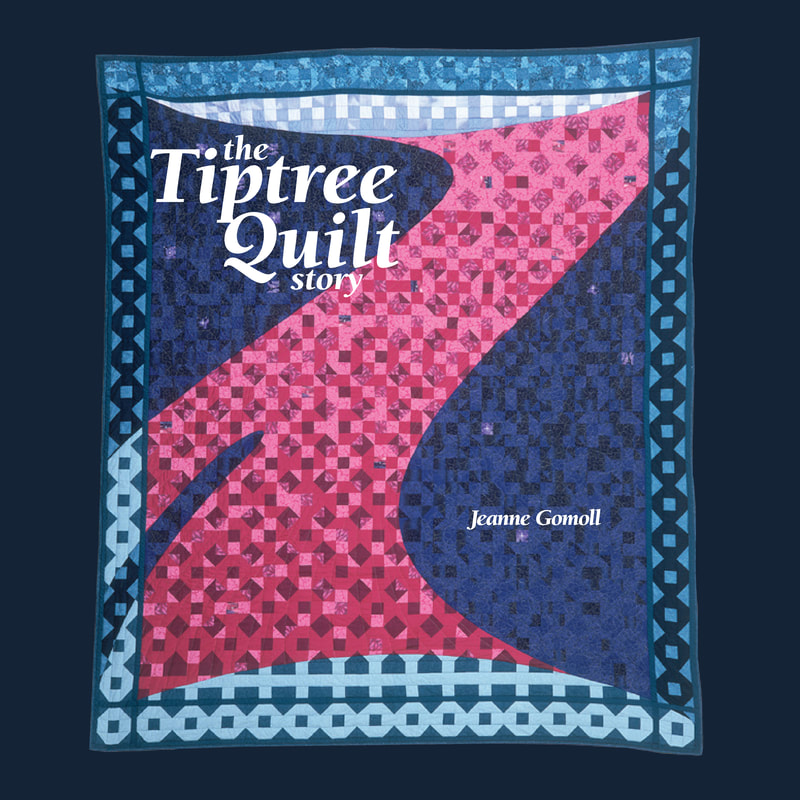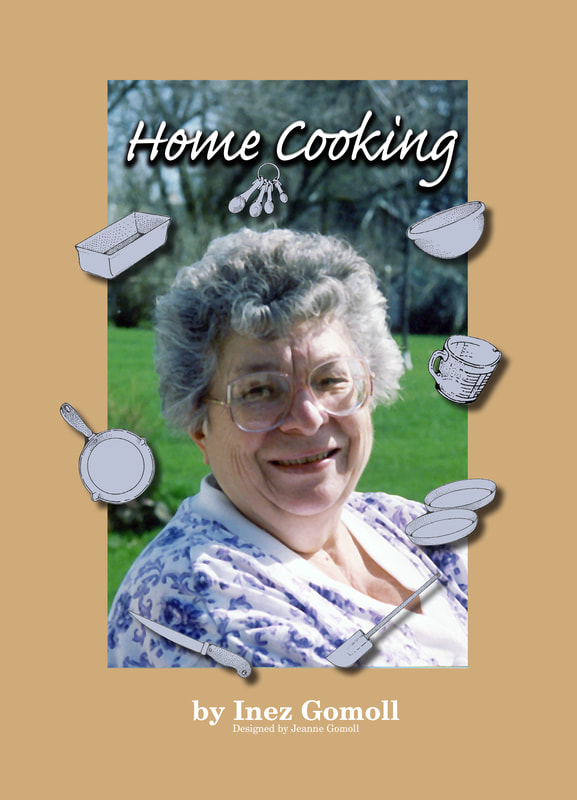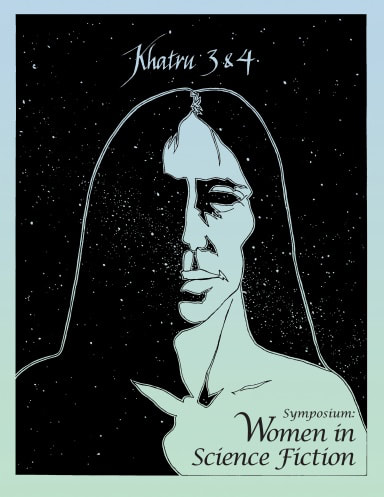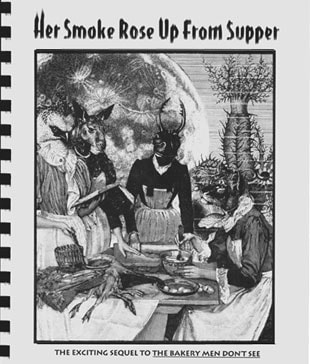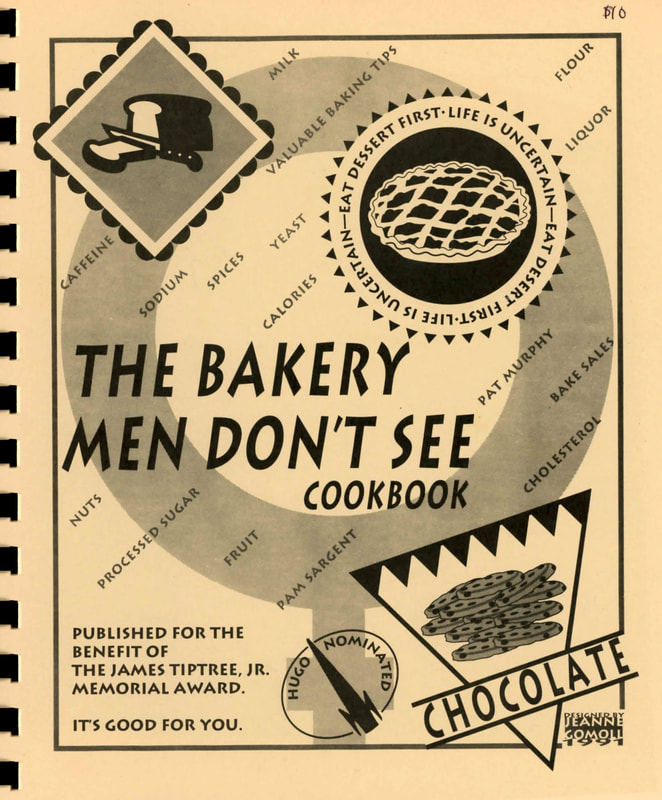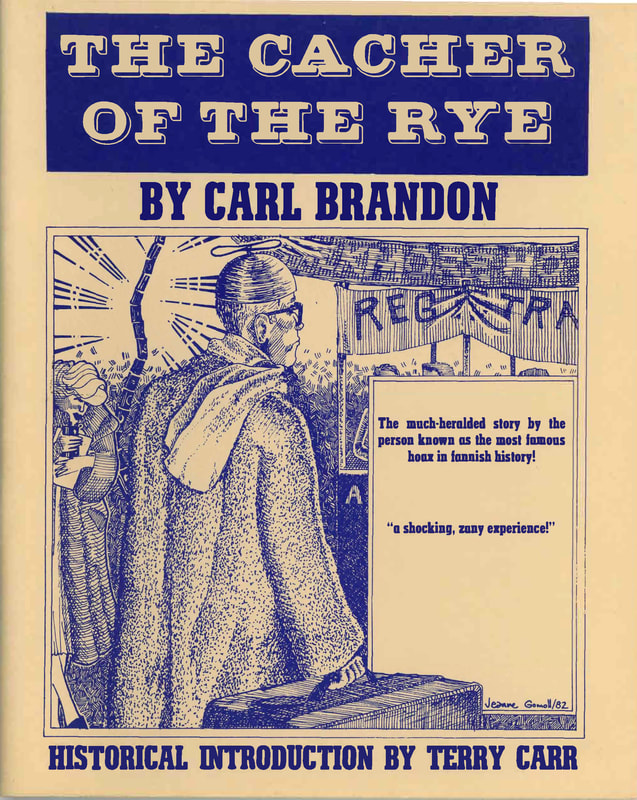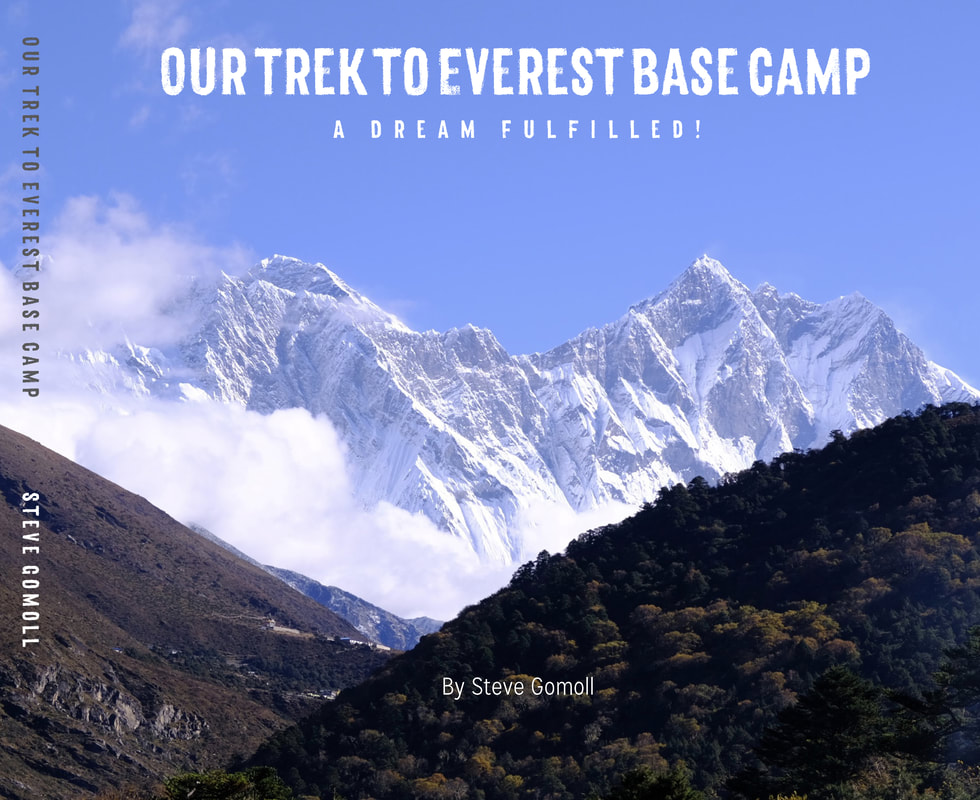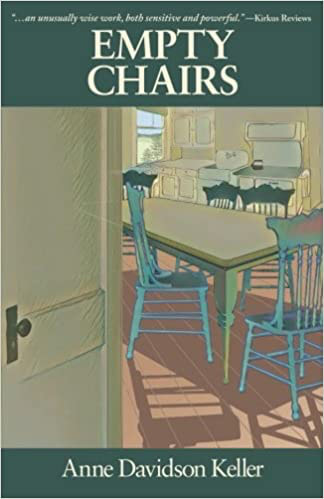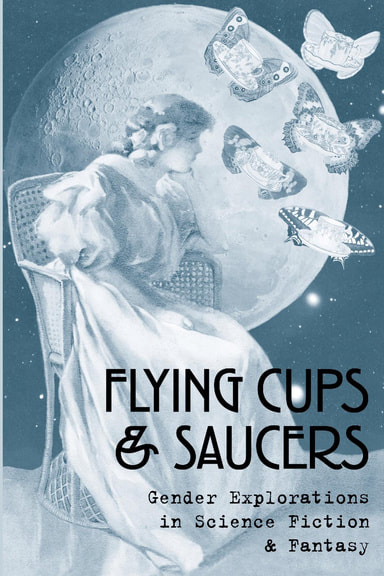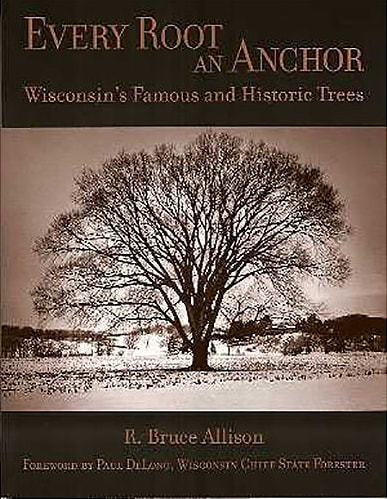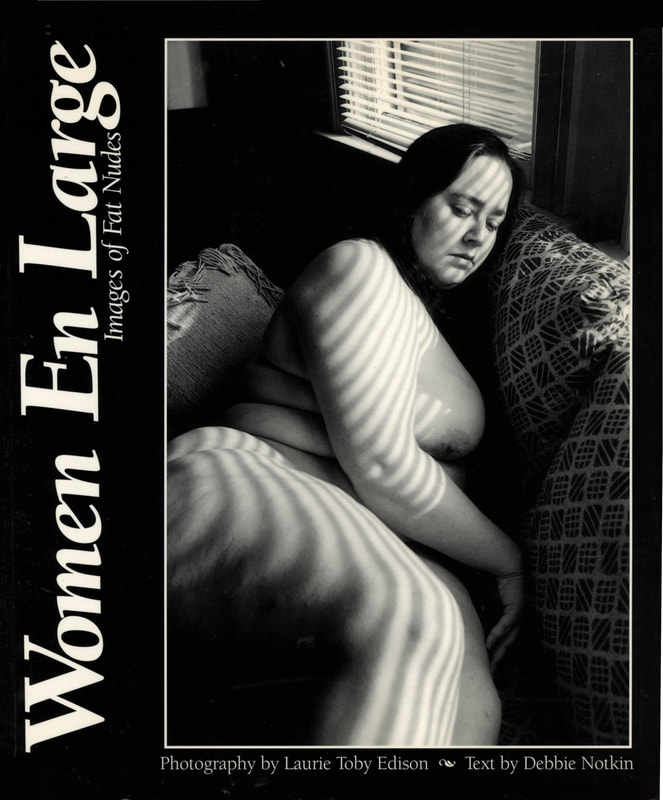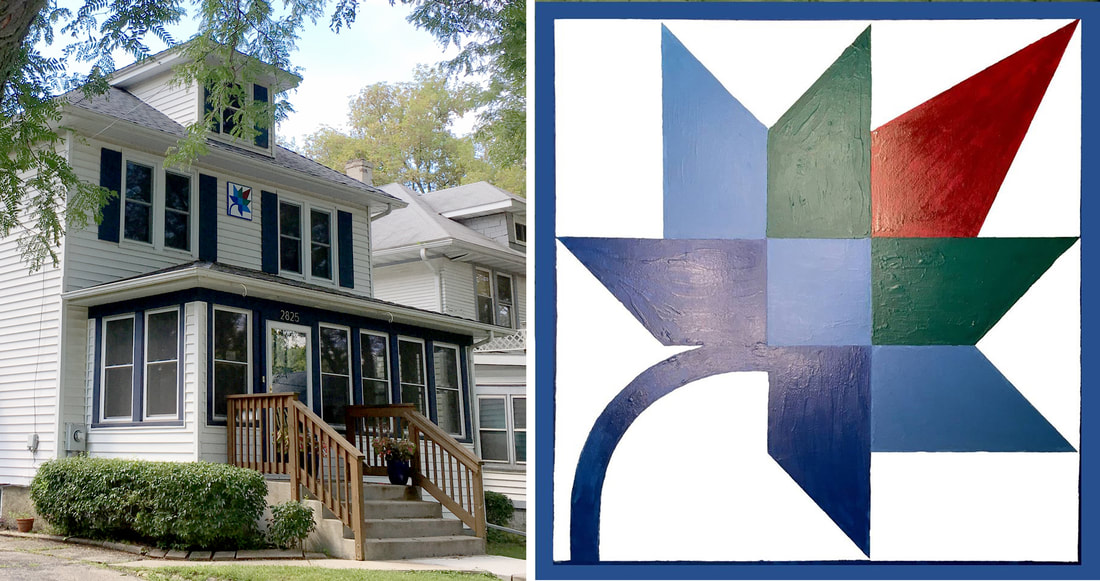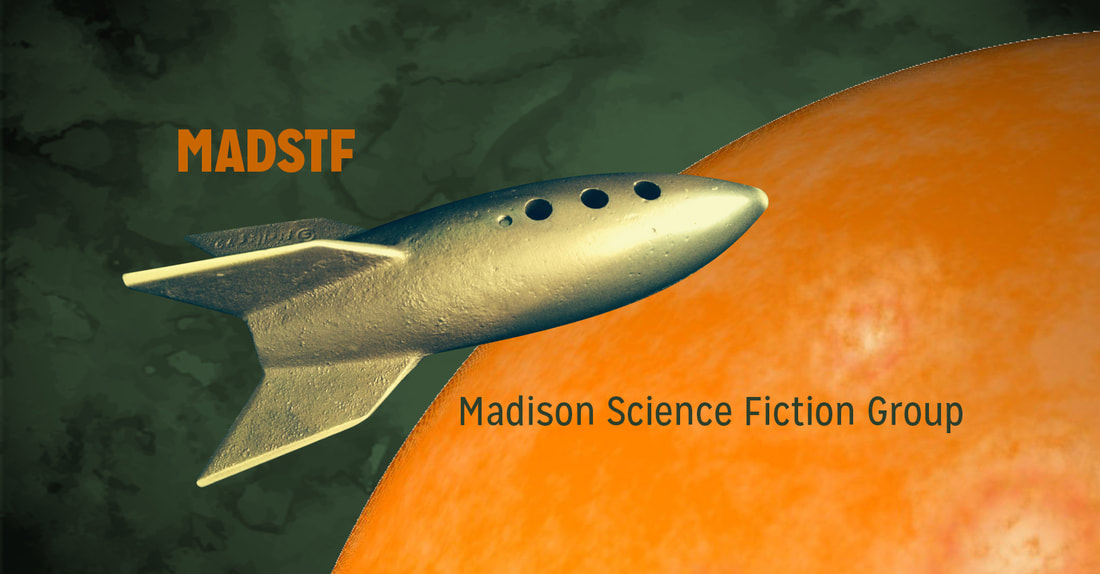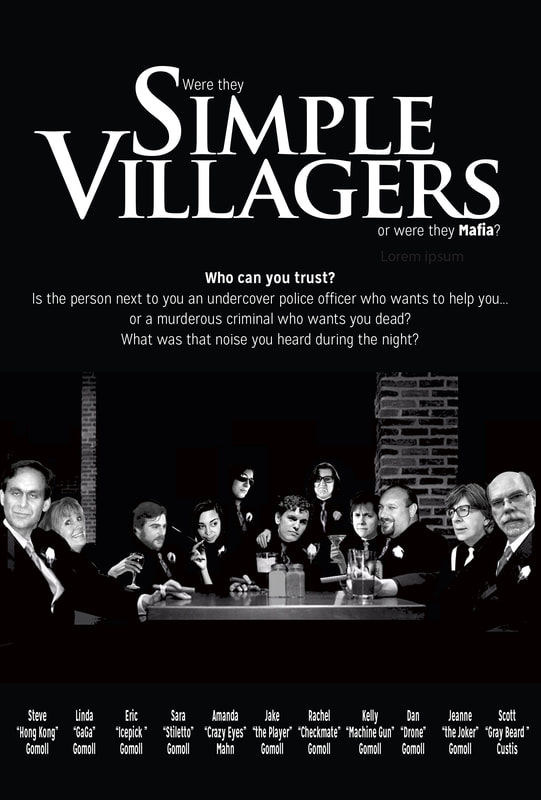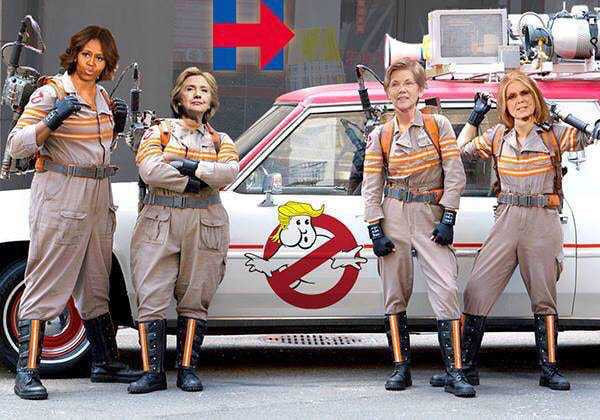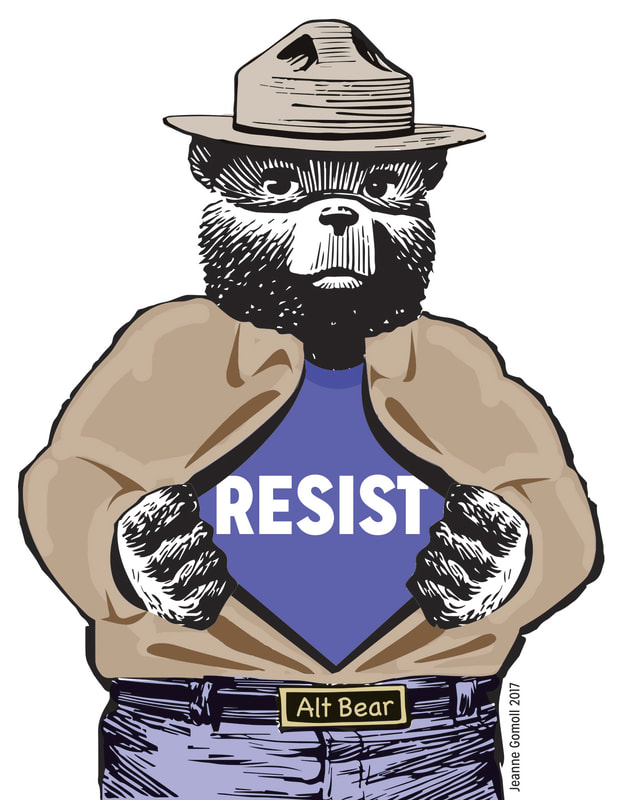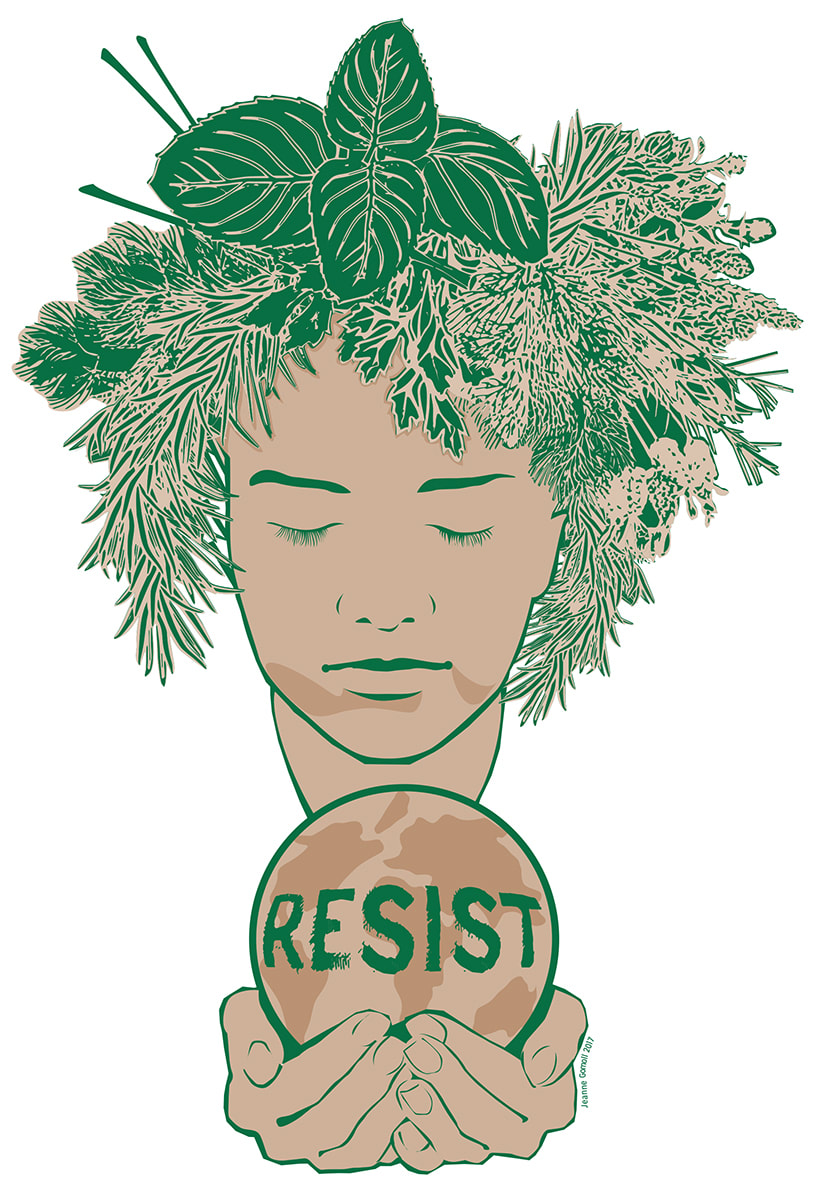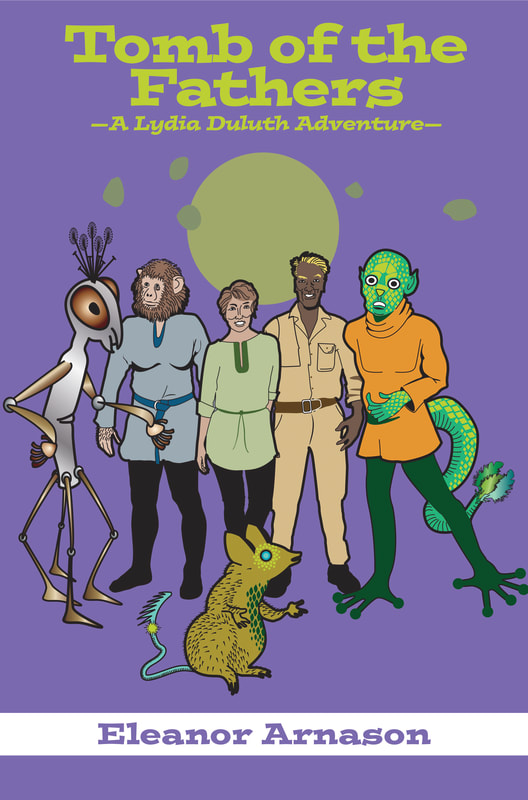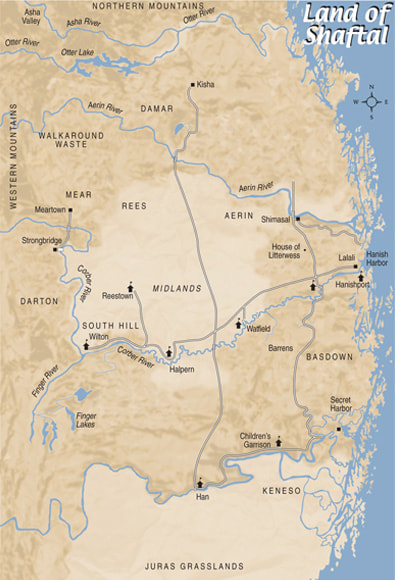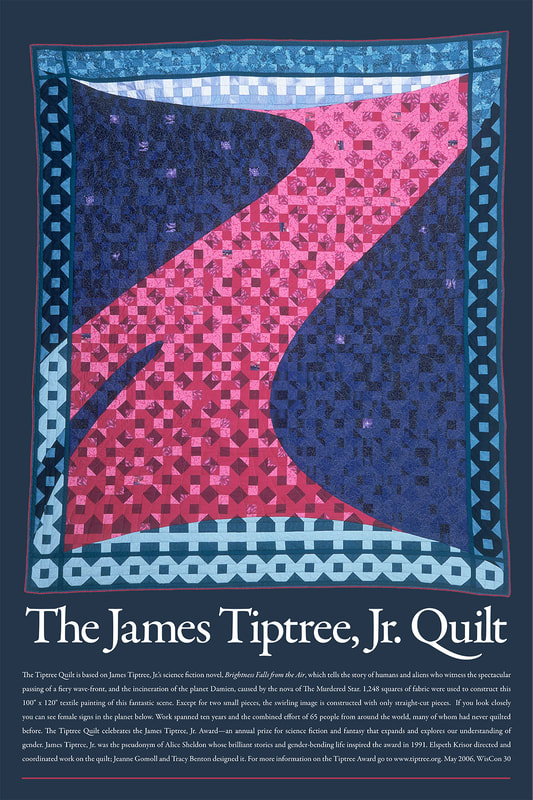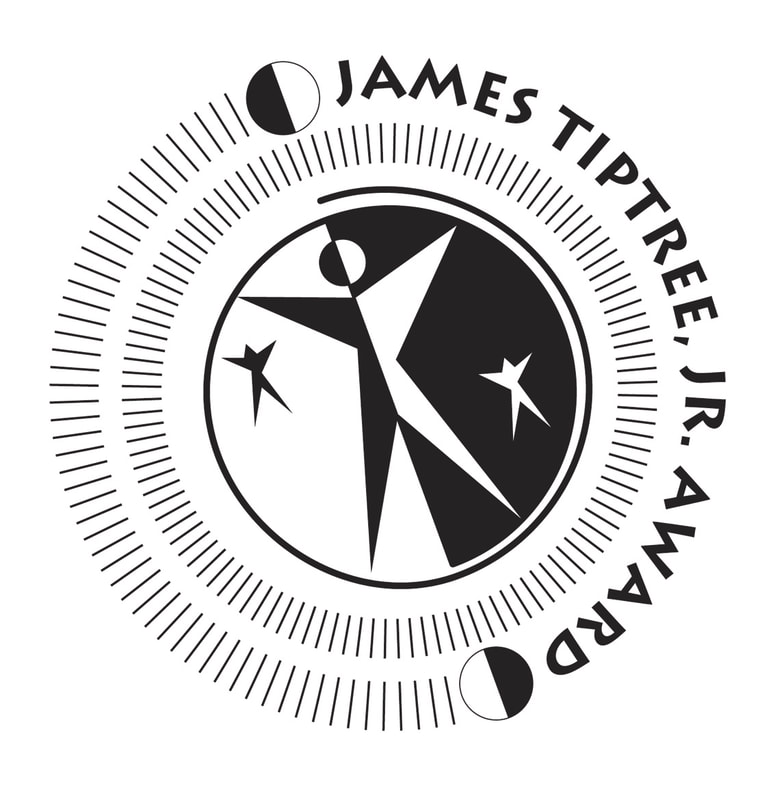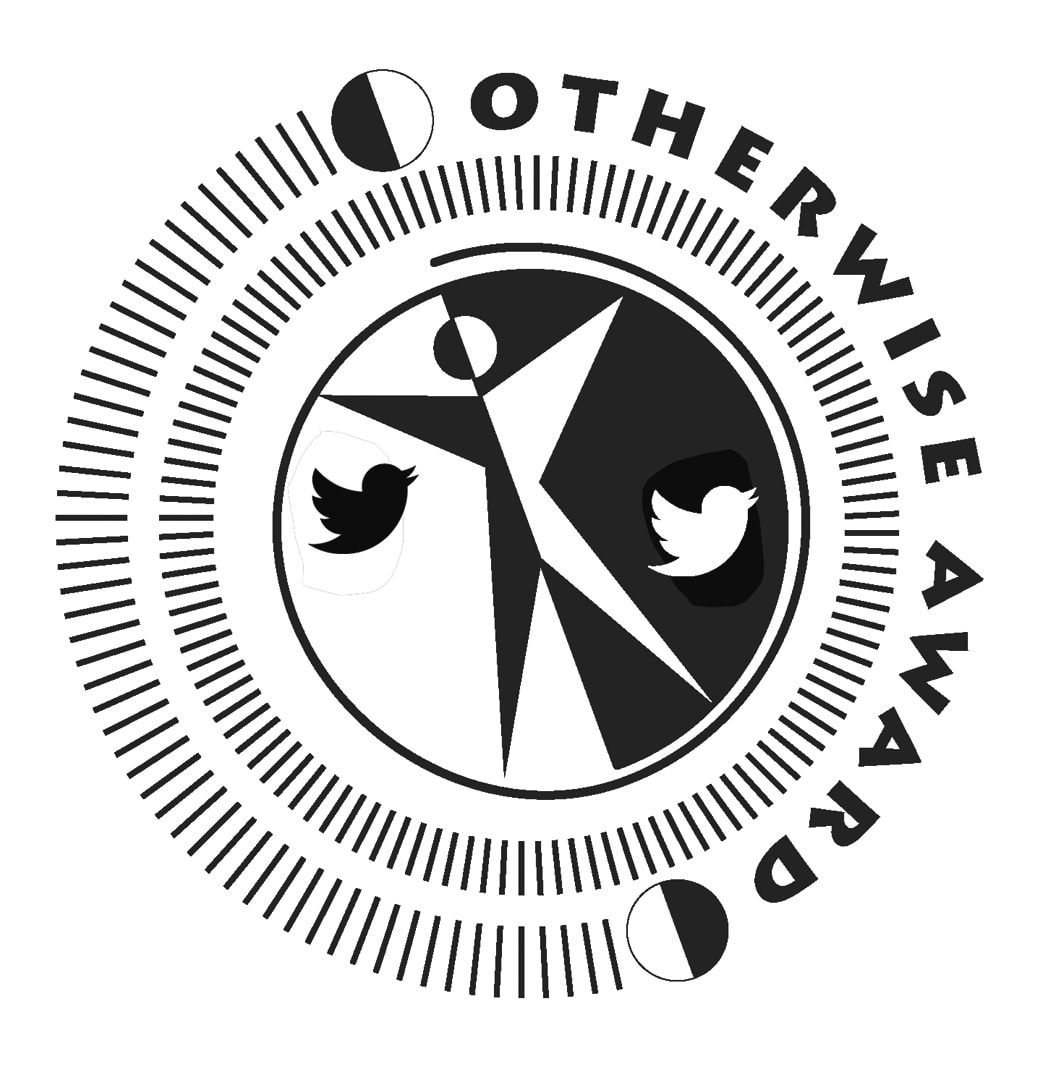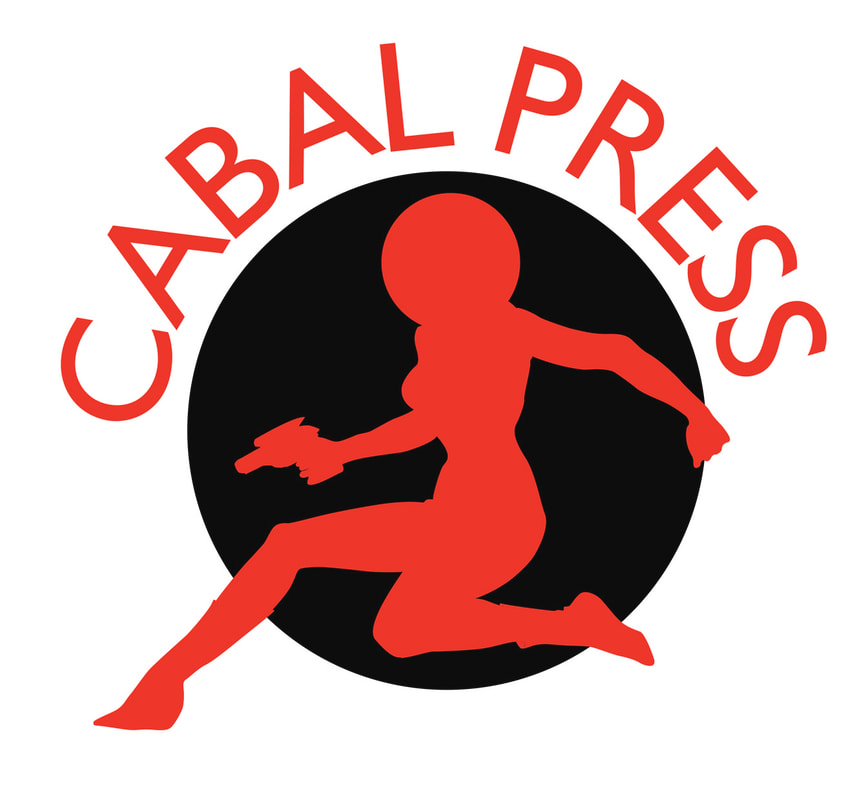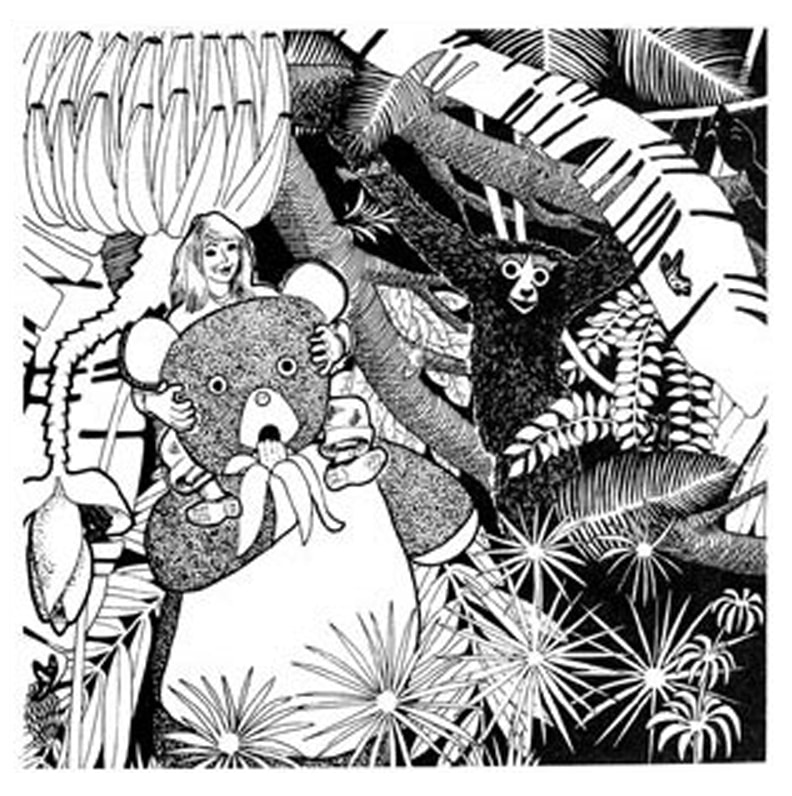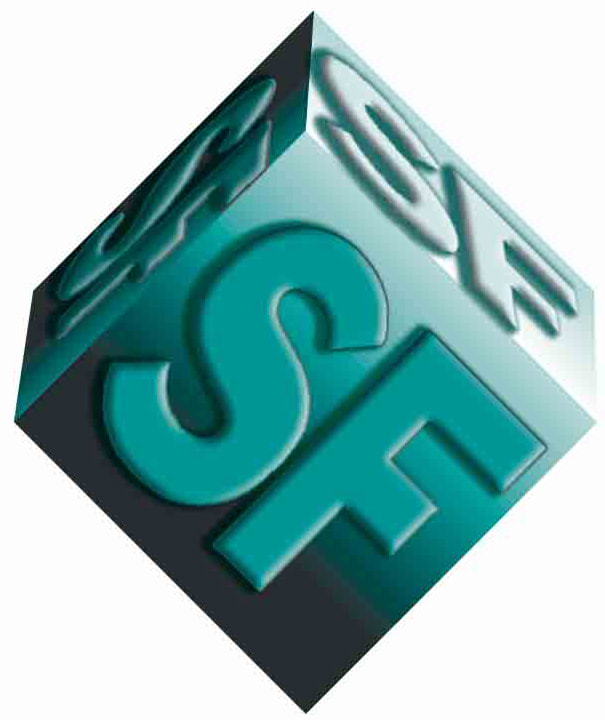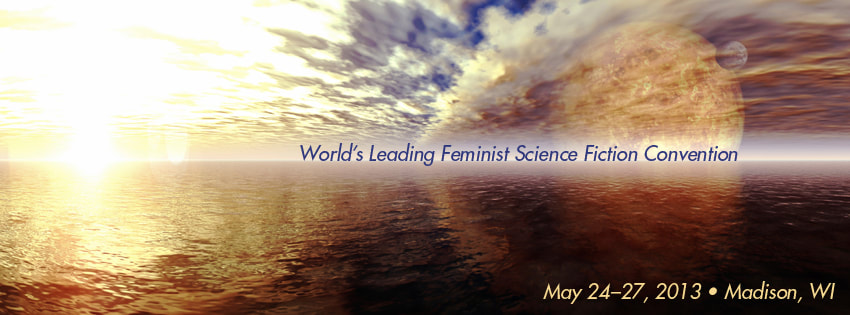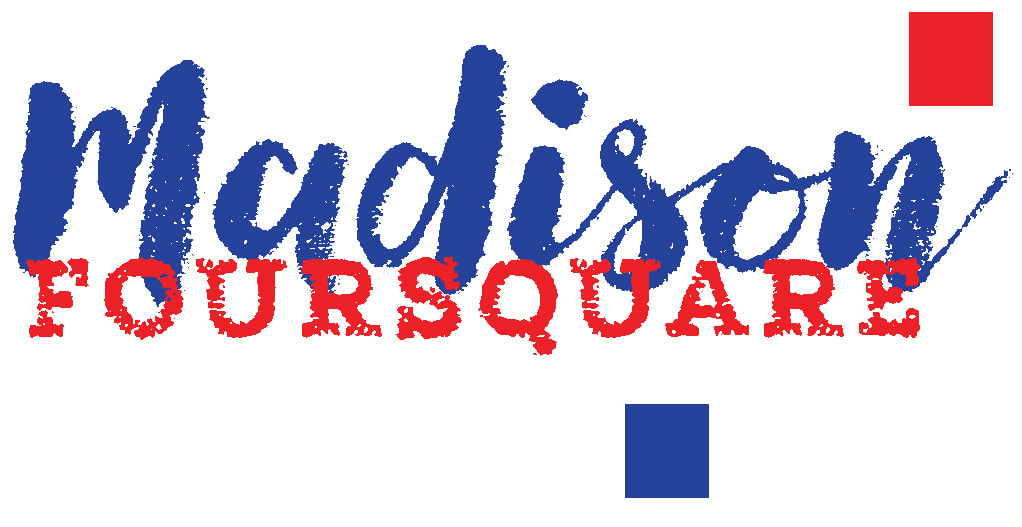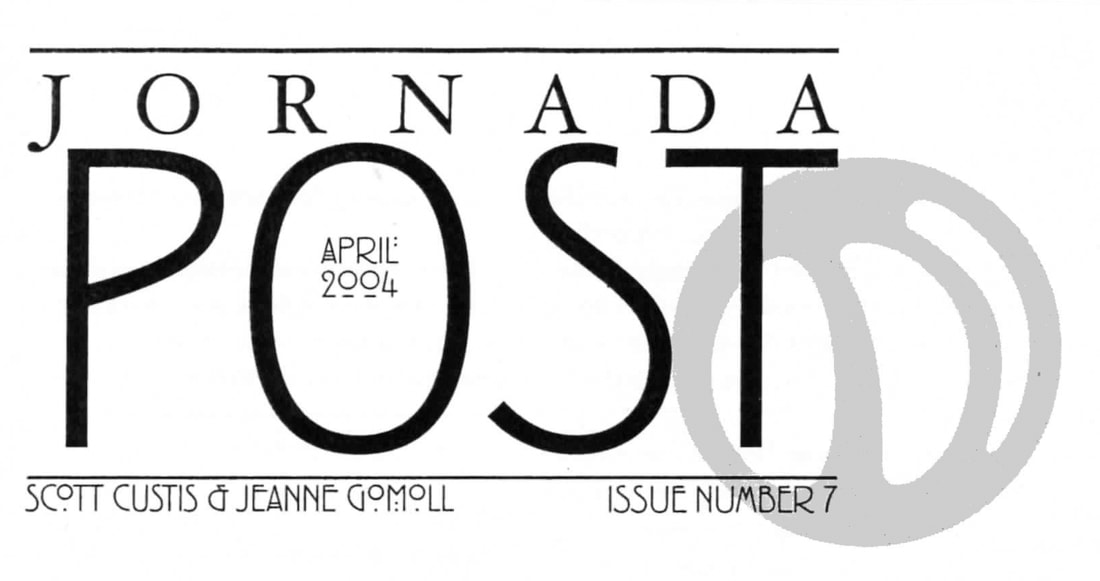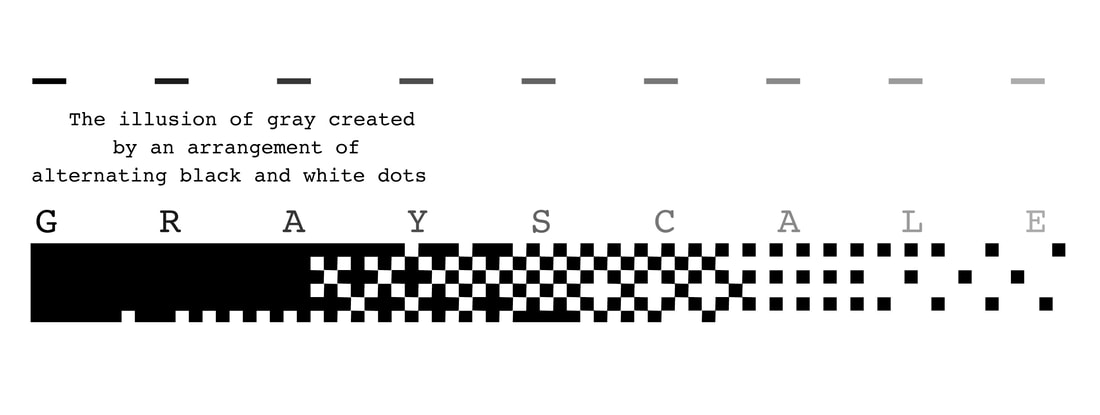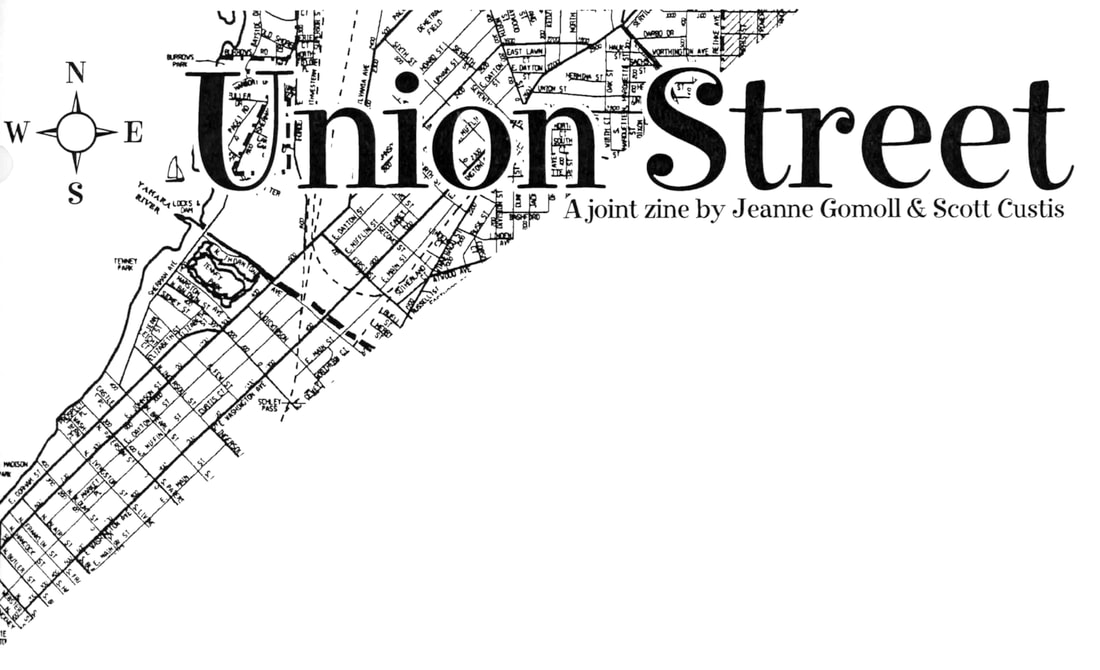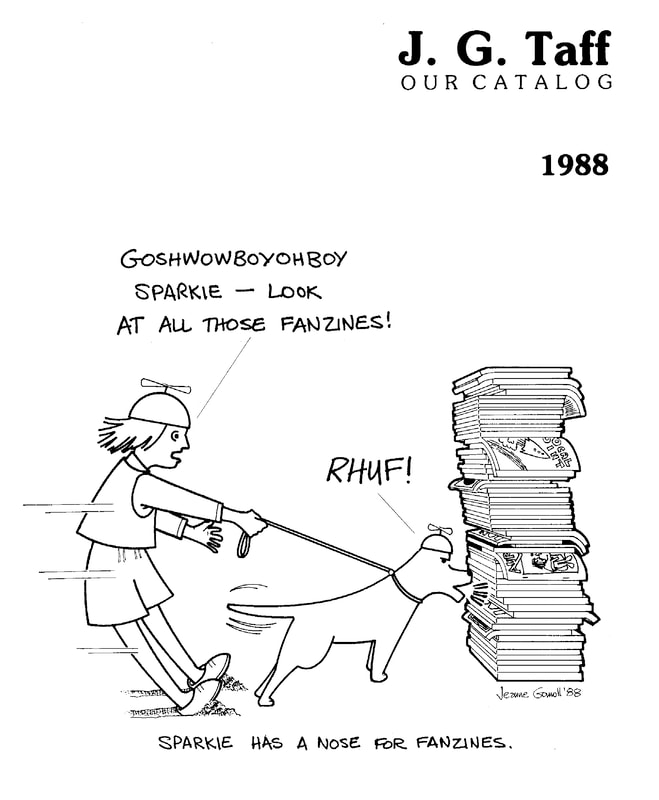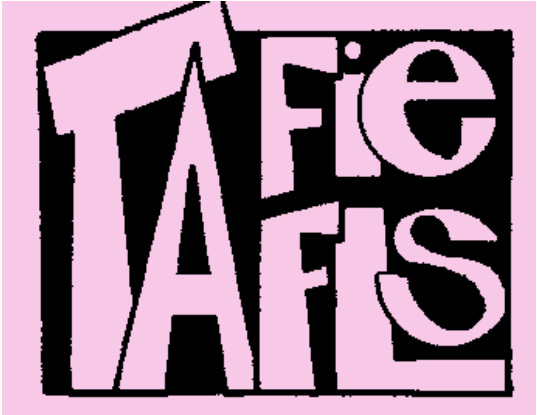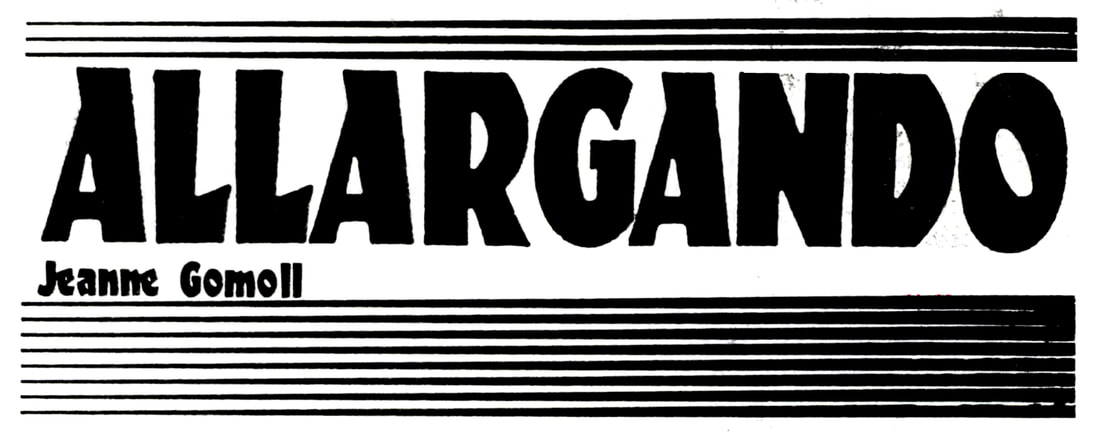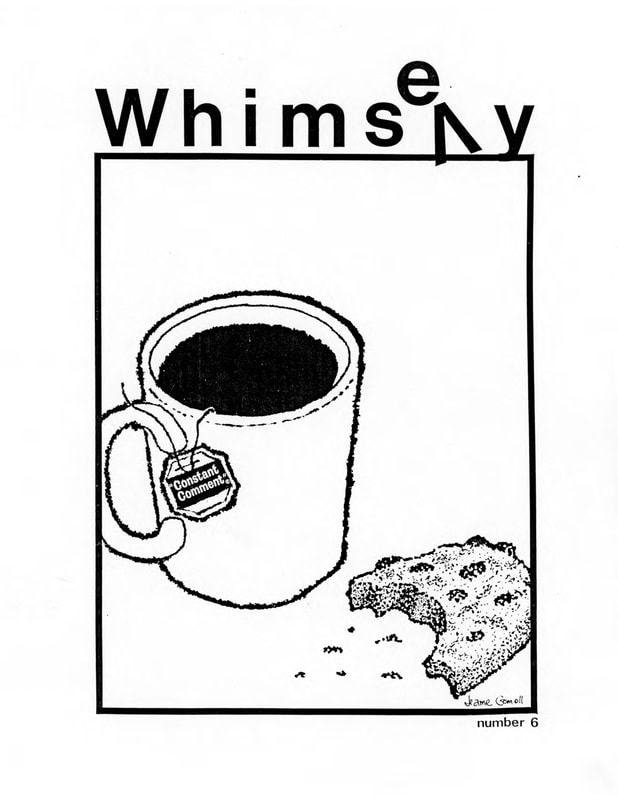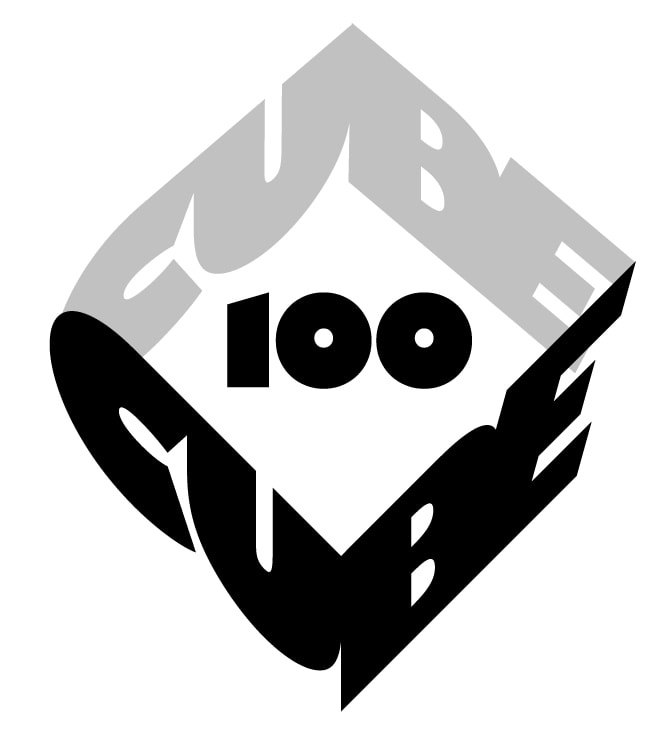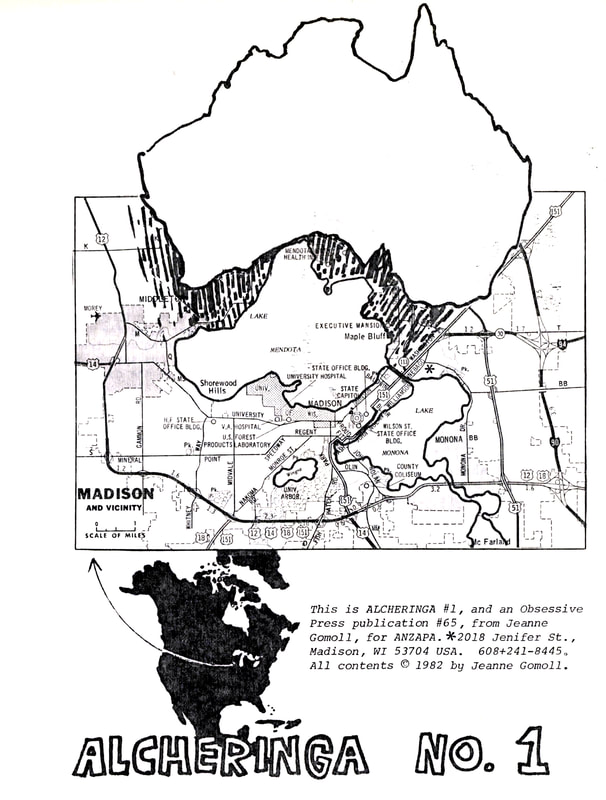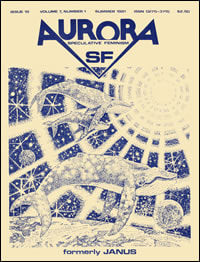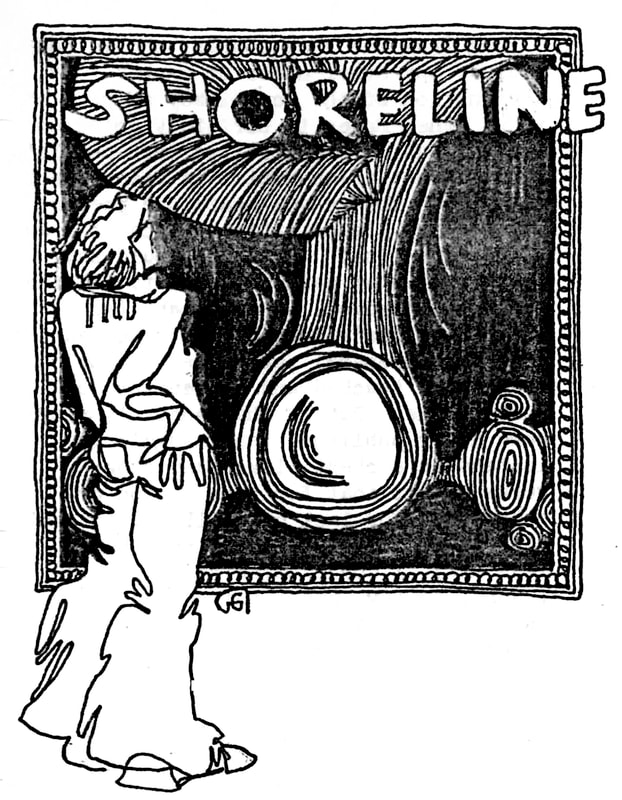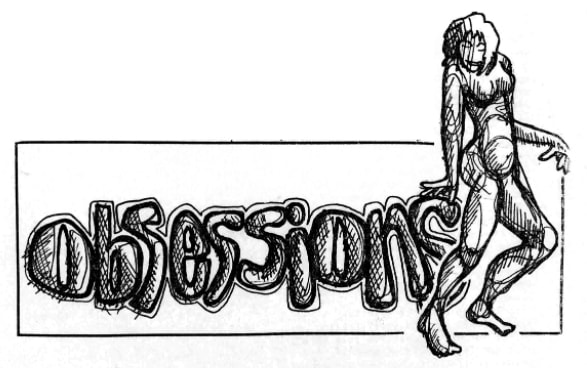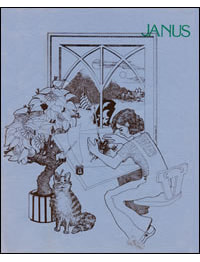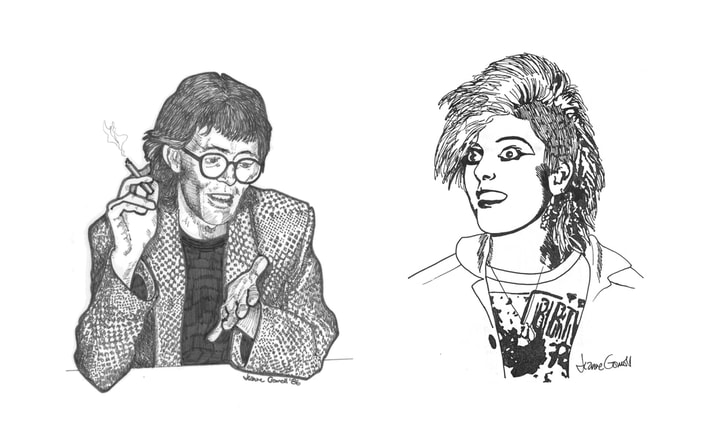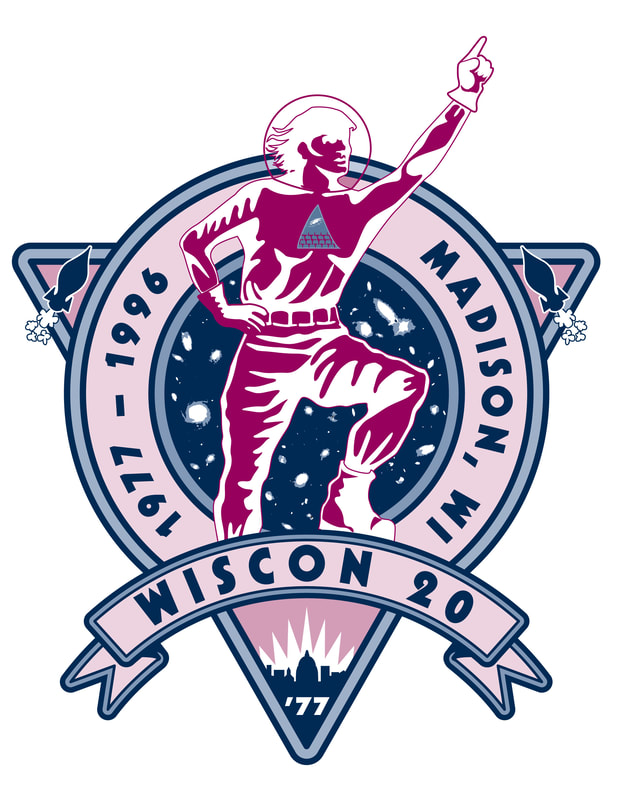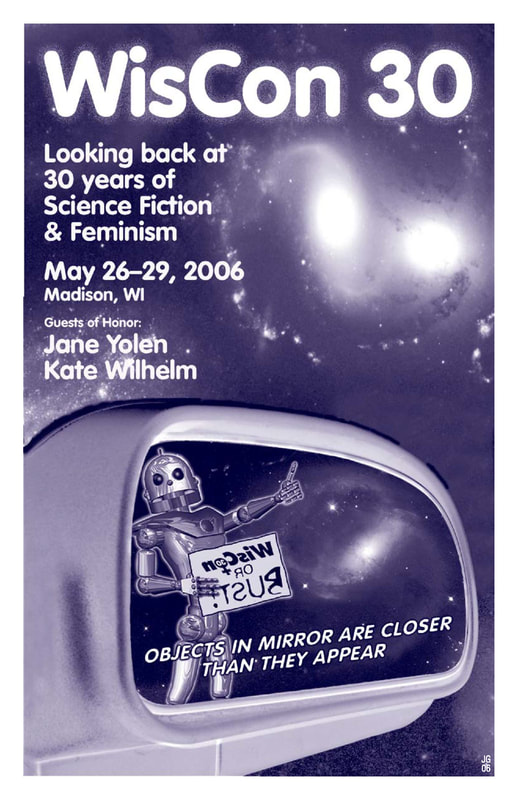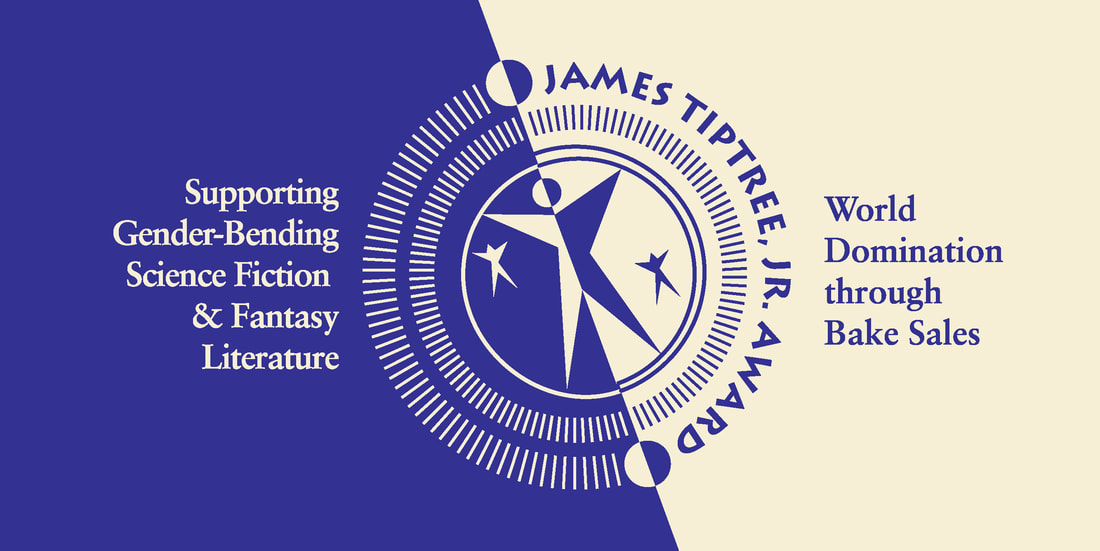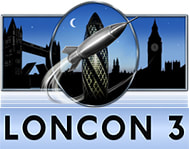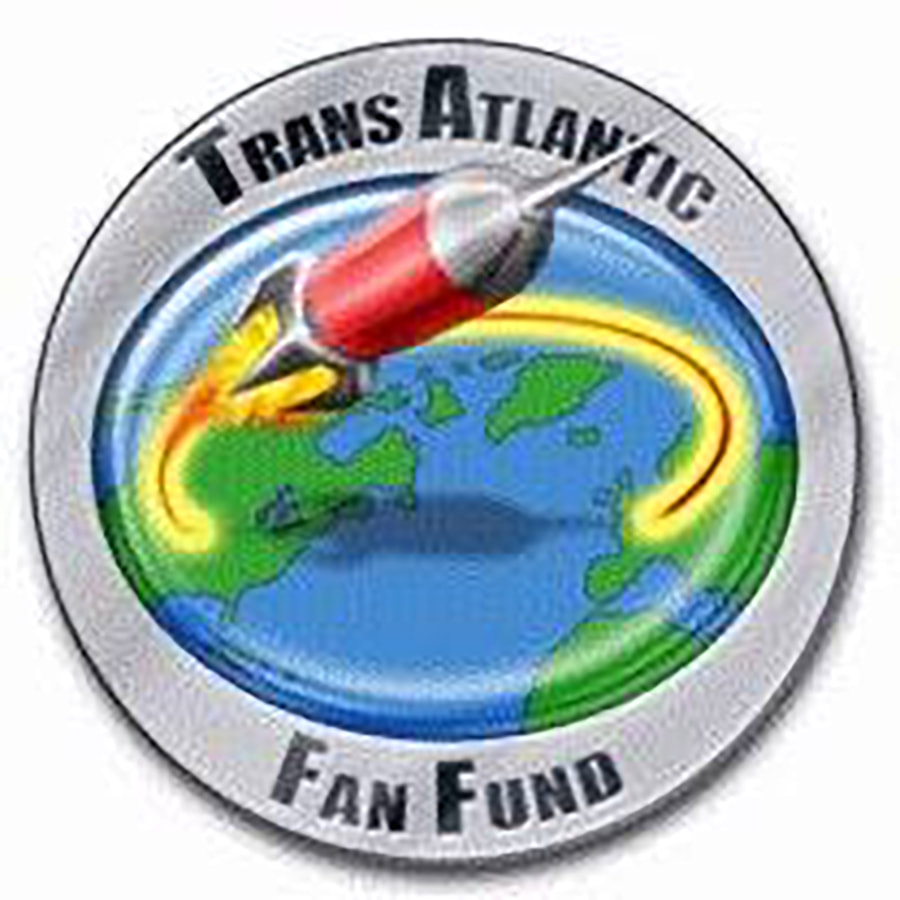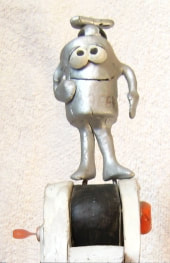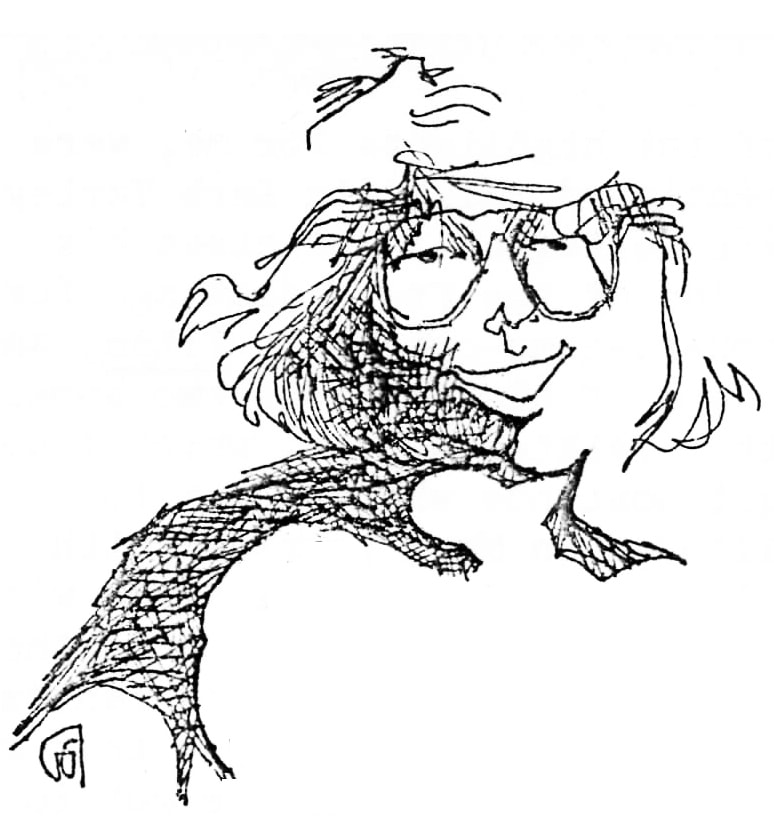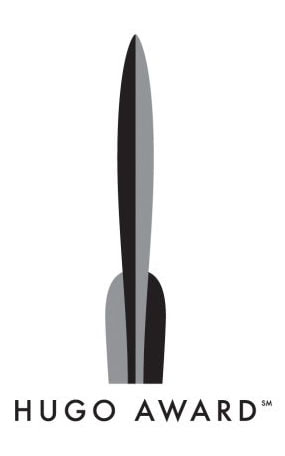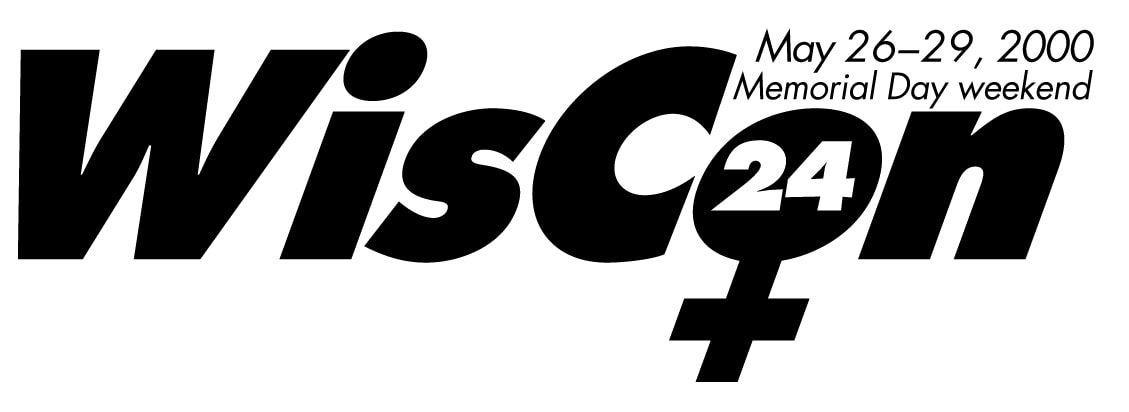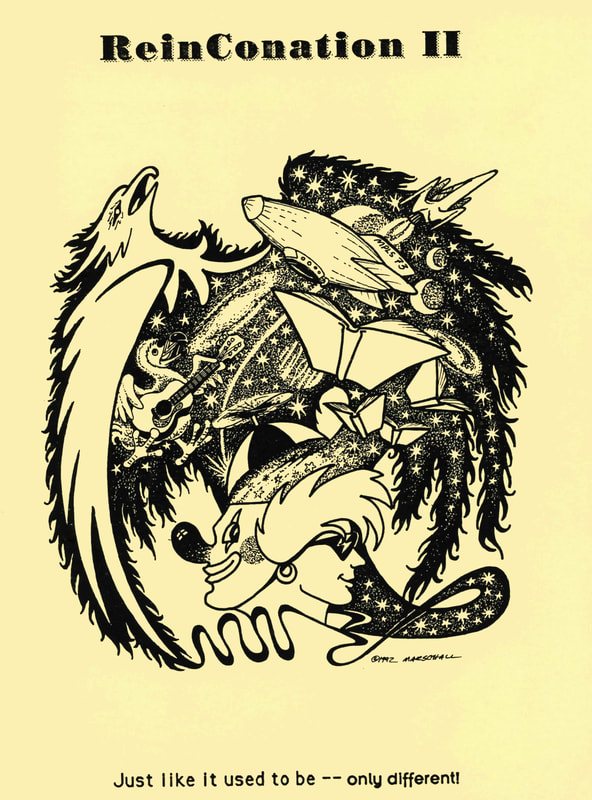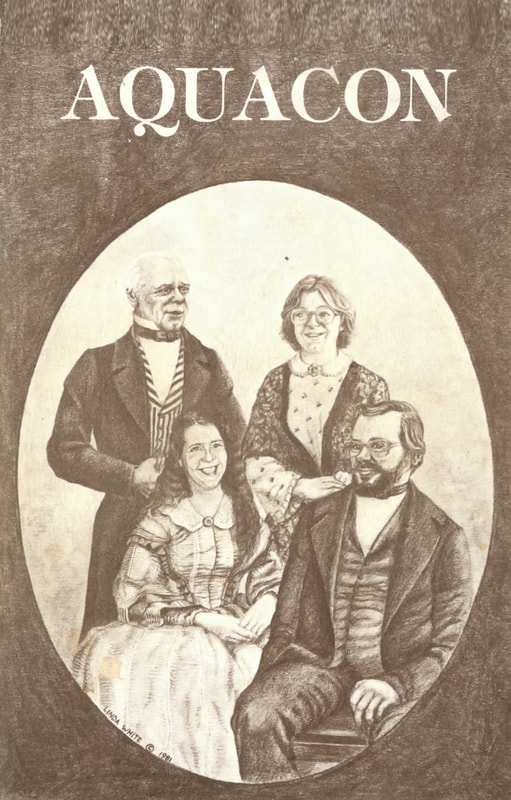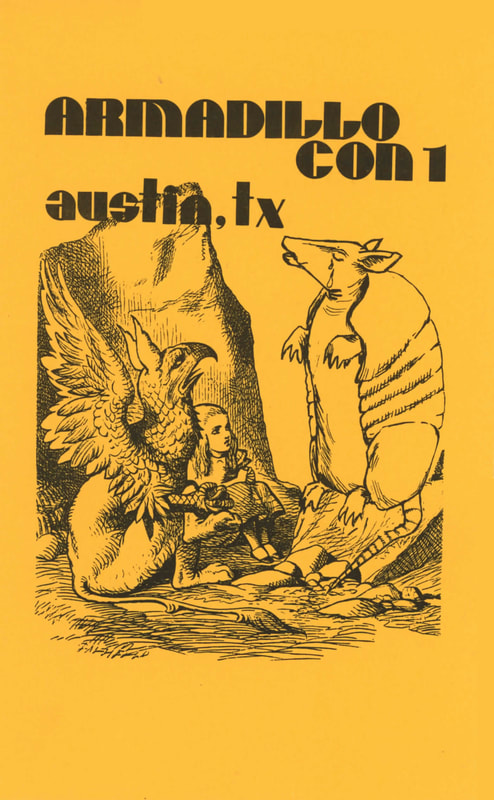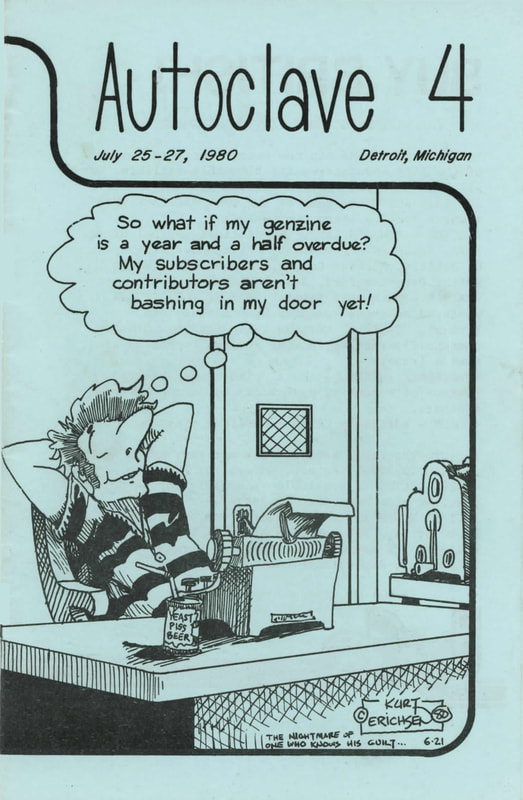A Third Dictionary and Grammar of Láadan, by Suzette Haden Elgin, edited by Jeanne Gomoll and Diane Martin, introduction by Rebecca E. Haden, Union Street Press, 5/2020Trade paperback, $26.51 (all proceeds will go to the Science Fiction Poetry Association), available here:
https://tinyurl.com/SHEdictionary Diane Martin and I have been friends for more than 40 years. We worked together on the feminist SF fanzines,Janusand Auroraand served on the first and several dozen subsequent WisCon convention committees. We worked for many years with the James Tiptree, Jr. Award/Otherwise Award. In 1980, Eileen Gunn gave me a tape recording one of Suzette Haden Suzette’s lessons, titled, “Teach Yourself Alien.” In this lesson Elgin offered advice to Science Fiction authors on how to deal with alien languages in their fiction. It was great. I shared it with Diane, and we immediately decided to contact Suzette and ask permission to reprint the text in our fanzine, Aurora, whole issue #19, Vol. 7, no. 1. In 1982, WisCon invited Suzette to attend WisCon 6 and again in 1986 for WisCon 10 as guest of honor. Diane went on to produce the first and second Dictionary and Grammar of Láadan (1985 and 1988). These books were typed on a Selectric typewriter and published by SF3. They have long gone out of print and since the text was never saved electronically, Diane and I worried that the material would become inaccessible. Diane and I both loved and honored Suzette Haden Elgin as a friend, an advisor, and a brilliant scientist. She died in 2015; We miss her and did not want to let the Láadan dictionary go out of print. So, in 2018, we began talking about reprinting and updating the dictionary and grammar. It turns out that OCR technology has improved impressively over the year, but not enough to easily scan and translate text written in a heavily accented, invented language. The task of proofreading the scanned text was far more daunting that I imagined. Simply creating the first draft of this book proved to be an enormous project. We enlisted Susanna Sturgis, professional copyeditor, to help us. Susanna ended up basically learning Láadan in the course of her work. In addition to saving the material from the original books, we also were able to incorporate material from the Láadan website—additional vocabulary, lessons, and essays by Suzette Haden Elgin. Finally, Suzette's daughter, Rebecca Haden wrote a lovely preface to the book. Interest persists in Láadan, the woman’s language Suzette Haden Elgin created in 1982, embodied in her science fiction "Native Tongue" series. Láadan is a feminist constructed language created by Elgin to test the Sapir-Whorf hypothesis that the language one speaks influences the way one thinks, i.e., can a language expressing the views of women shape a culture? Láadan includes morphemes that require speakers to own their own perceptions—words that indicate, for instance, whether a statement comes from personal observation, a trusted source, or an unreliable third party. Nowadays Elgin might argue that accusations of "fake news" would be impossible in Láadan. This language also encodes speakers’ intentions into their sentences, eliminating another form of micro-aggression, the rude comment that is passed off as “just a joke.” |
TAFForensic Report: A Cold Case Investigation, by Jeanne Gomoll, Union Street Press, 2/2020
|
8.5"x11 paperback with b&w inside pages ($15.00), PDF with full color inside pages ($8.99) (All proceeds of this publication will be donated to the Trans-Atlantic Fan Fund, TAFF), available here:
https://tinyurl.com/JGTAFF https://tinyurl.com/JGTAFFpdf In 1987, I won the Trans-Atlantic Fan Fund (TAFF) Race, traveled for 3 weeks in England, Scotland and Ireland, visited with UK science fiction fans and attended the 45th world science fiction convention, Conspiracy 87, in Brighton. This much-belated trip report was written and published 33 years afterward, in 2020, reconstructed from audio tapes and photographs. Highlights include tales of my convention experiences, visits with Chuck Harris, Vincent Clarke, Walt Willis, James White, David Langford and Greg and Linda Pickersgill. Why the long delay in producing my TAFF report? I tried this rationalization on a few people. I guess it wasn't too convincing. One of the tragic things about writing a TAFF report is that there are seldom any bad guys involved. The fan fund writer needs to grab the reader’s attention, all the while being handicapped by the fact that most of the characters in their story are really quite wonderful, generous, and delightful people. Seldom do one’s hosts possess the sensitivity to realize that in order to gather material for a well-plotted, interesting trip report, the fan fund winner might well appreciate a minor, near fatal attempt upon their life. The sense of impending doom triggered by the growing awareness of a fandom-wide conspiracy aimed at the fan fund winner’s betrayal would provide a wonderful framework for a gripping tale of intrigue and suspense. What a TAFF report we might have if the winner just managed to narrowly escape from the home of their so-called “host,” by tying together the dozens of T-shirts meant for sale at the TAFF auction and climbing down the rough-hewn stone walls of their terrible prison, fleeing through the night disguised as an Anne McCaffrey fan—a stuffed dragon on her shoulder—and mailed herself back home in a crate marked as “unsold L. Ron Hubbard books.” |
Remembering Vonda, Edited by Stephanie A. Smith and Jeanne Gomoll, Union Street Press, 6/2019
|
Trade paperback, $12.00 (All proceeds benefit Clarion West), available here:
https://www.tinyurl.com/RememberingVonda Jane Hawkins had an idea: to collect all the lovely stories written around Vonda’s death, and to put them in one place for us all to enjoy. This book is that place. Stephanie A. Smith and I joined forces to edit the book. Vonda’s community—her friends, colleagues, readers, and admirers—shared their fondest memories, stories, praise and love for the dear friend they had recently lost. Award-winning SFF author Vonda N. McIntyre died April 1, 2019. The world lost a force of nature, a brilliant, kind, and generous, fiercely talented artist. In this volume, friends, colleagues, admirers, fans all pay tribute to a radiant life. McIntyre’s oeuvre includes Dreamsnake(Hugo and Nebula award winner, ’78), The Moon and the Sun(Nebula ’98; a movie based on it is awaiting release); as well as stories, novelizations and tie-ins, including the Star Treknovel The Entropy Effect. She founded the Clarion West workshop and was a “fairy godmother” to hundreds of students; a quiet, tireless feminist, Kentucky-born McIntyre moved to Seattle with her family and became a life-long resident, as well as a prolific creator of crochet topology; McIntyre also collaborated with Ursula K. Le Guin, and was a founding member of the Book View Cafe, an author-owned publishing cooperative. McIntyre both shaped and nurtured the SF/F community; as her friend Jane Hawkins has said “we shall not see her like again.” |
Carl Brandon, edited by Jeanne Gomoll, Union Street Press, 4/2019
|
Trade paperback (16.00) and pdf ($8.99) (all proceeds go to the Carl Brandon Society, which promotes discussions on race at conventions and conferences, and through its support of the Parallax and Kindred literary awards, and the Octavia E. Butler Memorial Scholarship Fund), available here:
https://tinyurl.com/CarlBrandon https://tinyurl.com/CarlBrandonPDF CARL BRANDON book contains: "The Fake Fan: Carl Brandon" by Terry Carr; "The Cacher of the Rye" by Carl Brandon; "Kvetcher on the Racists" by Carl Brandon 2.0; "Racism & Science Fiction," by Samuel R. Delany; and a complete Carl Brandon bibliography. Terry Carr recounts the invention of an imaginary black science fiction fan named Carl Brandon, one of the field’s most (in)famous hoaxes. In addition to Carl Brandon’s complete history, this volume includes his J.D. Salinger parody, "The Cacher of the Rye;" a more current parody by Carl Brandon 2.0, "The Kvetcher on the Racists;" and an essay by Samuel R. Delany, "Racism and Science Fiction.” To quote Carr: "In the late fifties, several of the fans of the Bay Area…presented fandom with a new fanwriter who was quickly acclaimed as one of the best writers around and who was, not incidentally, the first prominent fan who was black.” Read the book for more of this fascinating tale. Carl Brandon’s The Cacher of the Ryewas first published as a serial in the fanzine, Innuendo, 1956–1957. SF3 published it again in 1982, within a spiral-bound chapbook that I designed, celebrating Terry Carr, Guest of Honor at WisCon 6. So this newest version is actually the second time I designed this book. The 1982 version was produced using a not-so-state-of the-art photographic Compugraphic typesetter. The operator (me) was able to set only one line at a time, with no opportunity to edit previous text once the line had been set. And needless to say, there was no saving of electronic documents on such a machine. So this reincarnation of Carl Brandon was re-created with the assistance of optical character recognition software. The book has been long out of print. My aim was to revive it in order to preserve its invaluable historical view of SF fandom and race during the 1950s. Terry Carr died in 1987, much too young, and Carol Carr generously granted permission to reprint the book. |
Space Babe Coloring Book, by Jeanne Gomoll, 4/2018
|
8.5"x11" paperback, $12.00 (all proceeds to the Tiptree/Otherwise Award), available here:
https://tinyurl.com/SpaceBabeColoringBk Space Babe was Ellen Klages' idea. "Jeanne, the Tiptree Award needs a mascot, a tough, science fictional woman, preferably holding a gun," and set me the task to draw her and I did. I don't remember who first called this kick-ass gal with a ray gun "Space Babe," but the name stuck and her image became inextricably tied to the award. We made and sold Space Babe tattoos and Space Babe t-shirts and hoodies to raise money for the award. Ellen created stories and artwork that fleshed out an alternate reality in which Space Babe flourished. Tiptree supporters made Space Babe artwork too. It was all so much fun that we hardly noticed that Space Babe was looking more and more out-of-date as the world changed around us. In 2017, it became clear to me that Space Babe needed to be more than just this one white woman, whose hair and costume recalled a middle-class, American, 1940s heroine. She needed to be many women, of many colors, of many ages, of many classes, of many professions, and, in fact, of many genders—all ready to fight for the rights of all. I became rather obsessed with discovering and drawing new Space Babes. Scott and I would be enjoying a pleasant conversation and then an idea would occur to me (a spray-painting space babe tagger artist!) and I would lose track of the conversation. "You've got another Space Babe idea, don't you?" Scott would say. At first I didn't know what I could do with all these drawings. Fellow Tiptree Motherboard officer, Pat Murphy, became a little unsettled as she began to receive new ideas via email from me every week. But then I had a brainstorm: I could put all these space babes into one book, a COLORING BOOK! With colored pencils, folks are invited to reimagine the future with images of gender-fluid space babes, young space-babes-in training, explorers, activists, construction workers, bakers, athletes, intergalactic pirates, a woman POTUS, and other Space Babes of different shapes, ethnicities, jobs and attitudes. |
The Bakery Men Don't See, edited by Diane Martin and Jeanne Gomoll, SF3, 10/2017
|
Trade paperback, $12.00 (proceeds to the Tiptree/Otherwise Award), available here:
https://tinyurl.com/TiptreeBakery Diane Martin and Jeanne Gomoll published the original edition of The Bakery Men Don't Seein 1992. It included fabulous dessert recipes and anecdotes collected from science fiction writers and fans. The book also offered valuable cooking tips, like "Never fry bacon with your shirt off." It provides timely advice (from Nebula-award winning author Eileen Gunn) on how to adapt a fruit crisp recipe for varying political tastes. "Take into consideration any special-interest groups, such as 5-year-olds. For assistance, consult your priest or shaman, or in an emergency, call 911." Bakeryis also a slice of science fiction history. It reprints Pat Murphy's Guest of Honor speeches from the 1991 WisCon science fiction convention in which she announced the creation of the James Tiptree, Jr. Award that she and Karen Joy Fowler had just invented. Bakery is the only cookbook ever to be nominated for a Hugo Award, but the stock of printed copies dwindled and the book went out of print. I decided to rescue Bakeryand make it available again. Since there were no electronic files for this book, it had to be OCR-scanned and reassembled. I drew new cover art for the cookbook and put it on sale through a print-on-demand company, Lulu. |
The Tiptee Quilt Story, by Jeanne Gomoll, Tiptree Award, 201512" x 12" hardcover, full color, $67.39, available here:
https://tinyurl.com/TiptreeQuiltStory The Tiptree Quilt Storystarted as a multi-panel display in the exhibits space at the 72nd World Science Fiction Convention, Loncon 3, in London England (August, 2014). I had been invited to attend as a Guest of Honor, which was an incredible, amazing experience. One of the things Loncon offered me was a showcase for some of my work. I used a big chunk of that space to post drawings, chronology, plans, photographs and data from the Tiptree Quilt project. As it happened I'd been collecting this stuff for years, in hopes that I would eventually convince a professional journalist to write the story of the Tiptree Quilt project. I never did find a journalist to write up our story, but finally, with the opportunity provided by Loncon, I decided to tell it myself. It's a good story. The project started out as a fund-raising idea for the Tiptree Award. At the beginning, I happily noted that I, as a non-seamstress, would likely have nothing to do with the project, other than maybe helping with the marketing of the finished quilt. But almost immediately, the leader of the quilting team came to me and asked me to help create the artwork for it. Tracy Benton and I took on that task together. After discovering that quilters do not like the idea of 1"x1" quilt squares, and barely escaping with my life after suggesting it, I revised the initial design. Elk Krisor managed the quilt production, which took several years to complete and involved contributions of 65 people from all over the world (and a bunch of local quilters). Elk prepared over 4,000 pieces of fabric, sent materials and instructions to quilters who then completed the blocks and returned them to Elk. The finished quilt is made of 20 different fabric patterns and a total of 304 blocks each measuring 6"x6". The finished quilt is huge, bigger than king-size: 100"x118". There is a lot more to the story: laughter, computer design discoveries, disasters, camaraderie, etc. But you will have to read the book to know the whole story. |
Home Cooking, by Inez and Jeanne Gomoll, 12/2012
|
8.5"x11" paperback, $41.96, available here:
https://tinyurl.com/InezCookbook I suggested collecting mom's recipes and everyone in the family applauded the idea. We could all name many desserts and dishes of mom's that we wanted to keep. But the tattered and stained 3"x5" cards in mom's recipe box were not always useful. "Oh, I don't make it that way anymore," mom might say if we asked to copy one of her cards. So after copying and creating a text file for all the recipes I wanted to include in the book, I sat down with my parents and went over them line-by-line and carefully took note of the instructions she changed or ignored and which ingredients she skipped or added when making the thing. Dad would chime in nearly every time with, "That one's my favorite!" I checked in with my brothers and sister to make sure that their favorite dishes were also represented in the book. After I'd put together a final table of contents I noticed the rarity of vegetables and salads. Desserts dominate this book—pastries, cakes, pies, and cookies, but also breads, rolls, and a decent collection of meat dishes. But there are few vegetable dishes and only three salads, about which one of them mom noted, "Very good. Greens not necessary." But none of us were surprised by that. Mom was an exceptional baker and every one of us in the family have a sweet tooth. Scattered among the recipes are favorite Gomoll anecdotes around food—about how I came to love to cook long after I left home, about dad's margarine running operation (when colored oleo was illegal in Wisconsin), about the cursed Swedish Pastry recipe, and Grandma's Angel Food Cake Catastrophe. The book includes full color family photographs, which makes it pretty expensive. I had enough copies printed to give to everyone in the family, including a few copies put aside for nieces and nephews to receive when they were older and more likely to appreciate the recipes and stories. I gave mom some extra copies to give to her friends and other relatives, which made it a quite successful holiday gift. |
Khatru Symposium: Women in Science Fiction, Edited by Jeff Smith and Jeanne Gomoll, 8/2009
|
8.5"x11" paperback, $25.00 (all proceeds to the Tiptree/Otherwise Award), available here:
https://tinyurl.com/Khatru3-4 Originally published and edited by Jeffrey D. Smith in 1975, Khatru3&4's symposium on women in science fiction was a detailed conversation among some of the most well-known authors of 70s feminist science fiction, including Suzy McKee Charnas, Samuel R. Delany, Vonda N. McIntyre, Joanna Russ, James Tiptree Jr. (before her true identity of Alice B. Sheldon was known), Kate Wilhelm, Chelsea Quinn Yarbro, and others, The opinions expressed by participants are still radical today. In 1993, the Corflu convention committee decided to reprint Khatru3-4 as its special publication. Corflu conventions have traditionally published fannish retrospectives and compilations and so the Madison committee decided to celebrate a fannish publication that shared a focus on feminism with the Madison SF Group. In addition, the Corflu publication committee decided to gather new material by some of the original participants and commentary by others, including Pat Murphy, Karen Joy Fowler, Gwyneth Jones, and Jeanne Gomoll. Now available from the print-on-demand company, Lulu.com, Khatru3-4 continues to interest scholars and fans interested in the authors and conversations that are still relevant today. Cover by Judith M Weiss, illustrations by Georgie Schnobrich. |
Her Smoke Rose Up from Supper, cookbook and fund-raiser for the Tiptree Award, edited by Jeanne Gomoll and Diane Martin, SF3, 1993.
|
8.5" x7", spiral bound, available here:
https://otherwiseaward.org/store/her-smoke-rose-up-from-supper-cookbook After the success of the first cookbook published for the benefit of the Tiptree Award (Her Smoke Rose Up From Supper) won a Hugo nomination plans were soon made for a new cookbook. Since Smokehad featured dessert recipes, this one concentrated on main courses. |
Books Designed (not written or edited by JG)
Our Trek to Everest Base Camp: A Dream Fulfilled, by Steve Gomoll, Union Street Press, 5/2020
|
13" x 11" hardcover, full color, $124.39, available here:
https://tinyurl.com/EBC-Gomoll My brother Steve is an engineer, a sports enthusiast, a salesman a very athletic guy, and a risk-taker. He downhill skis, preferring the most dangerous black diamond, "expert" trails. He almost broke his neck body surfing in Hawaii. He runs, plays basketball, waterskies, golfs, and probably engages in a dozen other sports I'm not even aware of. And he loves to travel, meet people and party. Where I tend to need to recover from social experiences like conventions or parties, Steve seems to recharge in those situations. I love to submerge myself in solitary projects; Steve likes to be active all the time. For the past many years, while he lived and worked out of Hong Kong, he'd come back to Wisconsin for a month-long visit and would invariably host a party at his house the day after the 22-hour flight from Hong Kong. So there are some pretty significant differences between us. So it was not an earth-shaking surprise when Steve told us that he was going to make a 15-day journey through Nepal to Everest Base Camp in October 2019. It was one of his life dreams, he said. (He has also said that another one of his life dreams is to visit Antarctica. I expect that he will start working on that one soon after he retires.) Steve trekked up to EBC with three other men whose ages ranged from 57–70. All were pursuing life dreams to trek to EBC. They became brothers and life-long friends as they hiked for 11 days, spent a total of 82 hours on the trail, and climbed (and descended) 9,163 feet during the month of October 2019. Steve appointed himself the team's photographer and took some truly gorgeous photos. I was very happy to spend time with these beautiful images as I laid out the book and communicated back and forth with Steve as we completed the final design. Steve provided a narrative for each day of the trip along with bios of his climbing buddies, guide and Sherpas. This text and a map make the book something more than a simple photo book. Steve notes in the acknowledgements of this book that our collaboration on this book was not easy: "Initially I was going to tackle this project on my own. It was Jeanne’s idea to help me. As we were working through the process of selecting pictures, placing them in the correct location on specific days, sizing them, putting captions on them, writing the narrations and the bios, there were moments when both of us wondered if, together, we would be able to make this work. We are Gomolls. That means we have strong opinions and get easily frustrated, and we both got frustrated. But we did make it work, and I can’t thank Jeanne enough for what we produced together. Best decision I made was to let Jeanne help me … I love you Jeanne." All true. And I love you too, Steve. Like my other family publication, Home Cooking,Our Trip to Everest Base Campwas not created in order to sell to a wide audience. The full-color pages in this large-format photo book make this an expensive publication. Steve goal was to present copies to his climbing buddies and some family members. But you can go to the Blurb.com page for this book and look through the pdf posted there if you'd like to see some of Steve's pictures. |
Empty Chairs by Anne Davidson Keller, Rocky Dell Press, 2017
|
Trade paperback, $12.64, available here:
https://www.amazon.com/Empty-Chairs-Anne-Davidson-Keller/dp/1542785618 One day, out of the blue, I received a phone call from Anne Keller, who I'd never met. She'd gotten my name and contact information from a friend of a friend who knew that I was a freelance artist and designer. Anne wanted to talk to me about doing some artwork for a book cover, for a book she was planning to self-publish. "Oh, oh," I thought, a bit nervously. I've had the experience once or twice of talking with someone about a book idea for which they wanted my (free) help and being assured that I would get all sorts of valuable exposure from the final product. Nevertheless, Anne sounded like an interesting and sane person and I agreed to meet her for tea at a nearby coffee shop. After we'd settled down with our beverages, and chatted a bit to get acquainted, I asked Anne to tell me about her novel and she proceeded to tell me the story of Empty Chairs, about a family farm in the Blue Ridge Mountains during the 1940s. It was a totally delightful experience; Anne is a wonderful story-teller and her words sparked some images in my mind that seemed like they'd make interesting illustrations. In fact I sketched out an idea on the spot, right after she'd finished telling me the story, of a kitchen table with chairs all askew, as if the people sitting in them had just left. We discussed my fee and there was no mention of "exposure." Anne had so inspired me with her vision of the McDowell family, that I started work on the drawing almost as soon as I got home again. After changing the viewpoint from outside-through-a-window to inside-through-a-door, and after dropping the idea of having the father sitting at the table, I completed the drawing, colored it and offered it to Anne for approval. I was very happy with how the artwork had turned out and even happier that Anne liked it. After Anne struggled for a time with the on-line process of uploading her book to a print-on-demand publisher, she asked me to design the whole book and take on the job of publishing it. I was happy to do so. Anne is a careful and detail-oriented writer, so it was a joy to work with her. |
Flying Cups and Saucers: Gender Explorations in Science Fiction and Fantasy, edited by Debbie Notkin and the Secret Feminist Cabal, book design with John D. Berry, 2008
|
Trade paperback, $22.00, available here:
https://tinyurl.com/FlyingCups This is the first Tiptree Award anthology of four, all edited by the Secret Feminist Cabal, or as they were more familiarly known at the time, Tiptree Motherboard members Debbie Notkin, Pat Murphy, Karen Joy Fowler, and Jeff Smith. The purpose of this series of anthologies was to celebrate and keep in print some of the Tiptree short fiction winners and honor listees, as well as some related essays. The motherboard hopes to eventually publish more anthologies. The Otherwise Award (previously known as the James Tiptree Jr. Award) "celebrates science fiction, fantasy, and other forms of speculative narrative that expand and explore our understanding of gender. We encourage each jury to take an expansive view of “science fiction and fantasy,” considering works that don’t fit into a narrow genre definition. We also seek out works that have a broad, intersectional, trans-inclusive understanding of gender in the context of race, class, nationality, disability, and more." John Berry designed the cover, featuring artwork by Freddie Baer; I designed the inside pages. |
Every Root an Anchor: Wisconsin's Famous and Historic Trees, by R. Bruce Allison, Wisconsin Historical Society Press, 2006
|
8/5" x 11" paperback, $19.95, available here:
https://shop.wisconsinhistory.org/every-root-an-anchor-wisconsins-famous-and-historic-trees I worked on this book while I was still employed as Senior Graphic Designer for the Wisconsin Department of Natural Resources. Later, after I'd left the state and started my own business (Union Street Design, LLC), I revised the design slightly for the Wisconsin State Historical Society Press. Bruce Allison was great to work with and I learned a lot about famous Wisconsin trees. I was especially enamored with Native American "trail marker trees," whose branches were purposely bent while they were saplings so that they would grow into obviously contorted shapes, thus providing signposts that translated as "Go This Way " to natives traveling through the forests. |
Women En Large: Images of Fat Nudes, Photography by Laurie Toby Edison, Text by Debbie Notkin, Books in Focus, 1994
|
9"x 11" paperback, $25.00, available here:
https://laurietobyedison.net/books My dear friend Debbie Notkin asked me to design this book by herself and the fabulous photographer, Laurie Toby Edison. How could I possibly say no? Beautiful images, gorgeous photos, mind-bending, important essay. |
Art
Quilt Square for house
|
Scott knew Nancy Pederson from work at the Wisconsin Department of Transportation. Nancy sent us the most beautiful, hand-made, crafty holiday cards and I have saved most of them over the years. Many of my friends know that I do not frequently save this sort of thing. (I horrified some of my fannish friends when I once told them that I threw letters away after I'd responded to them. Could that be why I don't get letters in the mail anymore?) But I save Nancy's inventive, gorgeous cards. And so when she invited me over to her house one day to spend some time making a quilt square in her very well supplied craft rooms, I instantly accepted. Her invitation was an adult version of "Can Jeanne come out to play?" Nancy's husband Bob had prepped quite a few 3'x3' plywood boards—miniature versions of the larger 6'x6' (or even larger) quilt square panels that you can see hanging on barns. Some of Nancy's boards had been painted by herself and a succession of friends. Now she was offering one of those prepped boards to me and suggested that I sketch out a design before arriving. What a fun day that was! We hung my barn square on the front of our house and think it's quite distinctive.
|
Madstf Facebook banner
|
I photographed the cast iron rocket ship in this illustration just before I shipped it as a birthday present to Ellen Klages in 2014. I figured she could set it on her bookcase until she wins a Hugo rocket ship. But I knew that I would find a way to use the image at some point and indeed I found the perfect place in this artwork for the Madison Science Fiction Group's Facebook page.
|
Simple Villagers, 2017
|
My family loves to play Mafia when we get together. I actually made several Mafia decks for use by both my family and Scott's. The Gomoll family has even played Mafia during the pandemic, via Zoom. In the game of Mafia, you are a Mafia member, a police officer or a simple villager, but no one know except you…until you are killed. Everyone says they are simple villagers. In 2017 I made this ominous family portrait with everyone in my family portrayed as evil, dangerous Mafia agents, poised to kill whoever they think they heard moving around the night before.
|
Trump Busters, Alt Bear and Mother Earth Resists, 2016–2017
|
Around the time of Trump's election a lot of us tried to get more active in politics. During the 2016 campaign, just after the new Ghost Busters movie came out with an all-female ghost-busting team, I was inspired to swap out some of the cast's faces for women political leaders. I also reimagined the ghost-buster logo. At the time I thought, along with most of us, that Hillary Clinton would beat Trump. Later, after we were all proven wrong, I found inspiration in the news that the some employees at the US Interior Department were resisting undercover. I anonymized Smokey and turned him into a rebel. Later I did a drawing of Mother Earth with herbs wreathing her face and gazing at an earth etched with the word, "Resist." The folks at teespring.com offered to sell t-shirts, etc. with my artwork.
Trump busters logo available on a t-shirt here: Around the time of Trump's election a lot of us tried to get more active in politics. During the 2016 campaign, just after the new Ghost Busters movie came out with an all-female ghost-busting team, I was inspired to swap out some of the cast's faces for women political leaders. I also reimagined the ghost-buster logo. At the time I thought, along with most of us, that Hillary Clinton would beat Trump. Later, after we were all proven wrong, I found inspiration in the news that the some employees at the US Interior Department were resisting undercover. I anonymized Smokey and turned him into a rebel. Later I did a drawing of Mother Earth with herbs wreathing her face and gazing at an earth etched with the word, "Resist." The folks at teespring.com offered to sell t-shirts, etc. with my artwork. Trump busters logo available on a t-shirt here: https://teespring.com/shop/trumpbusters?aid=marketplace&tsmac=marketplace&tsmic=search&pid=2&cid=2397 Alt Bear available on a t-shirt here: https://teespring.com/resist-bear?fbclid=IwAR0DpzTvOyRzsBWIYvIzepqAPSAlmbzU4qNKbQT3-w1XT1iReHjS8bVOZ2g&pid=2&cid=568 Mother Earth Resists available on a t-shirt here: https://teespring.com/shop/mother-earth-resists?aid=marketplace&tsmac=marketplace&tsmic=search&pid=46&cid=2744 |
Cover art for Tomb of the Fathers, by Eleanor Arnason (Aqueduct Press, 2010)
|
This was project was a lot of fun. Eleanor Arnason's story—one of a proposed series of Lydia Duluth stories—is a witty, imaginative story with great characters who were easy to imagine in my mind's eye. So I drew them the way I saw them. I was very happy to work with Aqueduct Press.
Available here: http://www.aqueductpress.com/books/978-1-933500-36-2.php |
Map of Shaftal for Laurie Marks' Elemental Logicseries, 2004, http://lauriejmarks.com/shaftal/map1.html
|
I love Laurie Marks’ Elemental Logicseries so much … but one thing bothered me from the beginning—the absence of a map. The world of these four novels (Fire Logic, Earth Logic, Water Logic, andAir Logic), the physical world of Shaftal, feels so real but so complex, that as I read I constantly wanted to consult with a map. The problem bothered me so much that I began underlining passages in Fire Logic,and Earth Logic, that provided specific information about Shaftal's geography. If a character mentioned how long it took to walk from point A to point B, I could make an educated guess as to how much distance separated the points. There were descriptions of mountains on the horizons and hazardous mountain passages, grasslands, deserts, rivers, towns and outposts. The coasts along part of Shaftal's shoreline were apparently made up of a maze of islands, straits, inlets, coves, channels, and marshes—so complex that smugglers could easily elude pursuers. There was a great cliff that a character jumps from and commits suicide … I saved all these references and began to create a mental map. I asked Laurie why she hadn't included a map in the first place. Turns out that she does not consider herself a very visual person, but said she could understand my point of view. She asked me to make a map for her, and I did, and to my delight she told me that my map actually make it easier to write the next book in her series.
Making the map was like putting together a jigsaw puzzle that had more than a few pieces that were never going to fit. Sometimes I had to do a bit of creative geological thinking, for instance to figure out how to place both a huge swamp and a towering cliff in close proximity to one another. I scanned crumpled paper to create the mountainous area and borrowed heavily from an Argentinian map to create Shaftal's complicated shoreline. Solving puzzles in graphic design is actually one of the things I like best about my work, so doing the Shaftal map was a lot of fun. And it made me much happier to have it available as I continued to read the Elemental Logic series. The map is posted on Laurie Marks' web page here: http://lauriejmarks.com/shaftal/map1.html |
Tiptree Quilt design (1991–2014)
|
See The Tiptree Quilt Story for the full story of the Tiptree quilt. After work on the quilt was finally completed, we discarded our original plans to sell the quilt at auction for benefit of the Tiptree Award. We doubted that we could ever attract a bid large enough that would seem fair when we considered the hundreds of hours that went into the quilt's creation. And even if a wealthy person did offer a fair payment, the idea of the quilt going away, never to be seen again made us unhappy. So finally, I designed a quilt poster, printed with giclée technology, for everyone who worked on the quilt. Copies of the poster were also sold at the 72nd World Science Fiction Convention, Loncon 3, in London England (August 14–18, 2014), where I attended as one of the guests of honor. As for the actual quilt, it was donated to the University of Oregon in Eugene, which agreed to display the quilt during the 2015 Tiptree Symposium. It is now available to be viewed by anyone who visits the Library's Special Collections—the same Knight Library that contains the papers of many of the most important women in the science fiction field, including James Tiptree, Jr (Alice Sheldon). Ursula K. Le Guin, Sally Miller Gearhart, Kate Wilhelm, Joanna Russ, Suzette Haden Elgin, Kate Elliot, Laurie Marks, Jessica Amanda Salmonson, and Molly Gloss.
https://library.uoregon.edu/knight-library |
Illustrations for The Silver Horse, by Elizabeth A. Lynn, Blue Jay Press, 1984
|
I had been working as a graphic designer for the Wisconsin Department of Natural Resources since 1979, but in 1982, I thought the offer to illustrate Lizzy Lynn's novel was my "big break." Perhaps I thought that doing artwork for book publishers might be more lucrative than it actually was, but I was certainly excited about the possibility of doing work in and for the science fiction and fantasy community. And I was excited that many years of doing artwork for fanzines and non-profit organizations might actually propel career to that of professional illustrator. But mostly I was thrilled to work with one of my favorite authors, Lizzy Lynn. I learned how to do visual research and refined a style that worked quite well for the book. I created all the interior illustrations for The Silver Horse.Although I picked up a few other illustration jobs from SF publishers over the years, this turned out not to be a career changer for me, except for the confidence and satisfaction the job gave me.
|
WisCon and SF3: Illustrations, posters and logos, 1974–2014
WisCon logo, SF3 logo, posters advertising monthly SF presentations advertised to the public, comic book themed posters advertising WisCon, WisCon and SF3 web banners, WisCon dessert salon tickets, artwork for Janusand Aurora, wall mural for Diane Martin's office
Illustrations for many other fanzines.
It's impossible to make a list of all the hundreds of fanzines I sent artwork to. What a good idea it would have been to have kept a list! Ah well.
Publications
Madison Foursquare, apazine for Turbo-Charged Party Animal, with Scott Custis (#1-44 (ongoing), June 2015–current)
Jornada Post, apazine for Turbo-Charged Party Animal, with Scott Custis (#1-10, August 2004–July 2005)
Corflu 10 publications, 1992–1993
|
Besides the program book and our special publication, Khatru3–4, there were several brochures each containing long essays from various committee members about Madison fandom and the city of Madison and the upcoming convention, Corflu 10--a small, annual convention of science fiction fanzine fans. The concom members took their job titles from official Wisconsin symbols. I was the State Fossil, Trilobite. Steve Swartz was the State Soil, Algoma Loam. Tracy Benton was the State Flower, the Wood Violet. Bill Bodden was the State Muffin, the Cranberry Muffin. Ellen Franklin was the State Mineral, Galena. Jim Hudson was the State Lottery. And Andy Hooper was the State Fish, the Muskellunge.
|
Union Street, apazine with Scott Custis for Turbo-Charged Party Animal Apa, with Scott Custis (#1–144, September 1989–June 2003)
|
This was the first of three apazines for Turbo-Charged Party Animal that I published with Scott Custis. We attempted to format our apazines as conversations, not only with our fellow apazine members, but also with each other. The main focus of our apazines was and still is on mailing comments, though we also include essays or life updates by one or both of us.
|
JGTaff, Taff auction catalog, 1988
|
I raised money for TAFF by doing a mail-in auction, for which I published a catalog, the JG Taff Catalog. You can find auction results here:
http://fanac.org/fan_funds/taff_misc/catalog1.html |
Taffiles, TAFF newsletter (#1-6, October 1987-January 1989)
|
This newsletter provided administrative information to TAFF supporters for the two years I administered the North American branch of TAFF. I published lists of candidates, voting deadlines, ballots, financial accounting, etc.
PDFs of all issues of Taffiles can be downloaded here: http://fanac.org/fan_funds/scans.html |
Whimsey, personal zine (#1–7, 1983–1992)
|
PDFs of all issues of Whimseycan be downloaded here: http://fanac.org/fanzines/Whimsey/
|
Cube, SF3 newszine (#1-13, 1982–1985) Subsequent issues edited by other SF3 members
|
Cube,the newsletter of SF3, changed its identity as different people took over editing duties. At times it just updated local fans on upcoming events; at other times it evolved into a full-fledged genzine. At the beginning, with me as editor, it was simply a newsletter. Cubepublished many issues, at least 100, as evidenced by the 100th anniversary logo I drew. It eventually transitioned into an electronic newsletter, specifically for WisCon news, eCube,which continues to be published by the current WisCon concom.
|
Alcheringa, apazine, for Anzapa (#1, 1982)
|
I attempted for one, single issue to join the Australian apa, but postage costs and the difficulty of making deadlines (especially if one wanted to keep up with mailing comments as I did), changed my mind. At least I got to point out the eerie similarity between the shapes of Madison's Lake Mendota and Australia.
|
Editorial collective member for Aurora (#19–26, 1981–90)
|
PDFs of all issues of Janus and Auroracan be downloaded here:
http://sf3.org/history/janus-aurora-covers |
What Spare Time?!, personal zine, (#1–2, 1979)
|
This was my first perzine, typed during quiet moments while I worked in various offices in my role as a "Kelly Girl." Few people saw these zines and I specifically requested that no one review it, I think because I knew I wouldn't be able to afford to send out very many copies. I only sent it out with mailings of my apazines to C/RAPA and A Women's Apa. The first issue was titled, Secretary No More!, though in the masthead of What Spare Time?!#2, I claimed that Secretary No More!was the first issue of the What Spare Time?! series. And then I never published a zine of that name again. It's a little confusing. But I was very excited about having just been offered a good job at the Wisconsin Department of Natural Resources and my life was changing. All the artwork I'd done for Janusand WisCon and other fanzines had actually won me a full-time, well-paid job.
|
Obsessions, apazine for A Women's Apa, (#1–29, 1976–1983)
|
Obsessionswas my first apazine. I joined A Women's Apafor its first issue, very soon after the 34th World Science Fiction Convention, MidAmeriCon (September 2–6, 1976 in Kansas City, Missouri). Big MAC was also my first worldcon. The Women and SF panel, organized by Susan Wood, lit a match: conversations after the panel inspired WisCon, energized Jan Bogstad and my zine, Janus,and for me, Changed Everything. Victoria Vayne organized the apa, and many of the people who met and networked with one another after Susan's panel continued their conversations in A Women's Apa.
|
Editor, designer, layout, illustrations, essays and fiction for Janus(#1–18, 1975–80)
|
Joining the Madison Science Fiction group and working on Janus as co-editor, writer, artists and designer, was probably one of the most significant events in my life. Meeting those people, throwing myself into work on Janus,discovering fandom and meeting so many women SF writers, had repercussions throughout my life as an artist, in my career, in nearly all my friendships. I could write reams and already have. More later when I collect my writing for a memoir of sorts….
PDFs of all issues of Janus and Auroracan be downloaded here: http://sf3.org/history/janus-aurora-covers |
Other Activities
|
Honors & Awards
|
Rotsler Award Winner 2018
72nd World Science Fiction Convention Guest of Honor, Loncon 3, London England (August 14–18, 2014) Apollocon Guest of Honor (June 24-26, 2011) WisCon 24 Guest of Honor (May 26-29, 2000) Reinconation II Guest of Honor (2000) Hugo nomination, nonfiction book (The Bakery Men Don't See) (1992) TAFF delegate. Attended 45th World Science Fiction Convention, Conspiracy '87, in Brighton England. Aquacon Guest of Honor (1981) Autoclave Guest of Honor (1980) Armadillocon Guest of Honor (1979) FAAN awards, fan editor (1979, 1980) Hugo nomination, fanzine (1978, 1980) Hugo nomination, fan artist (1978, 1979, 1980) |
There's more. Essays, fiction, book reviews, memoir
There's quite a lot more actually and I'm in the process of putting together a book containing my favorite bits. More later.
Site powered by Weebly. Managed by pair Domains
